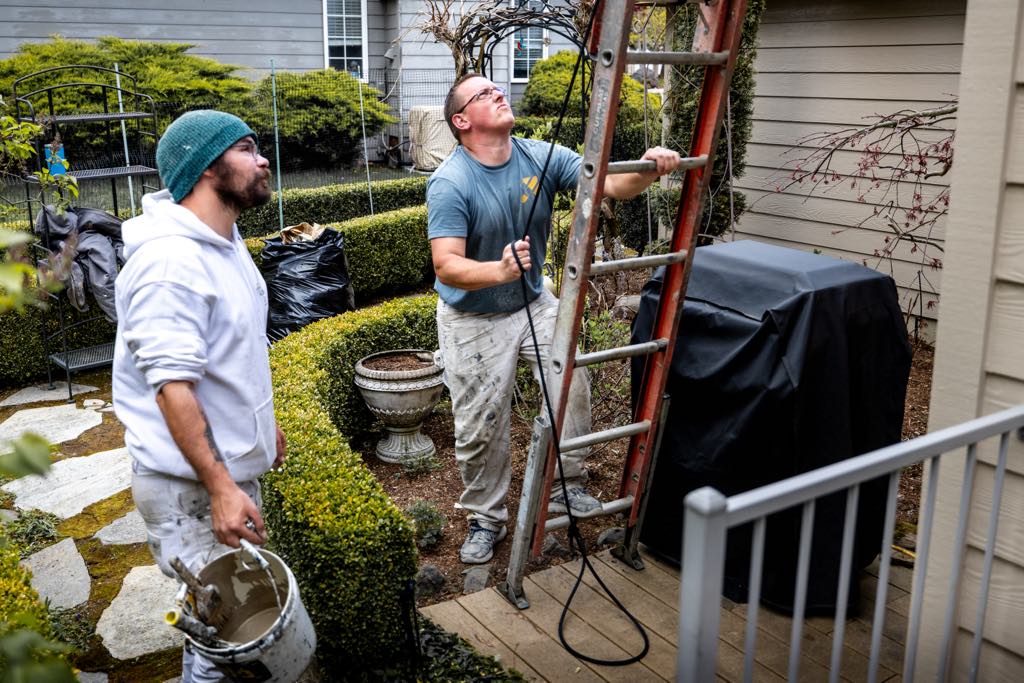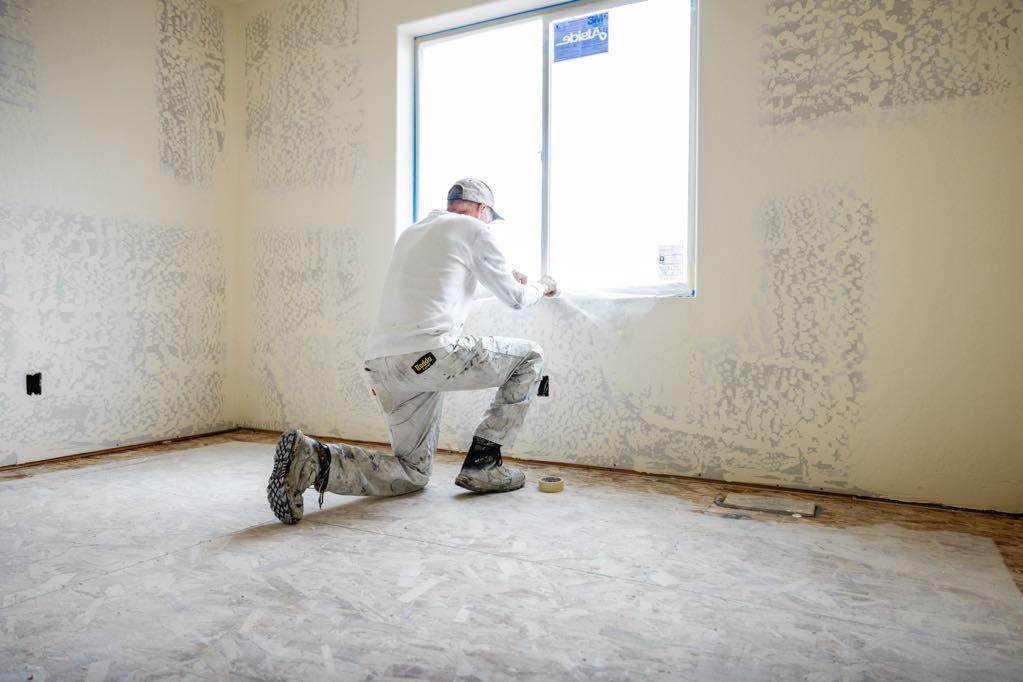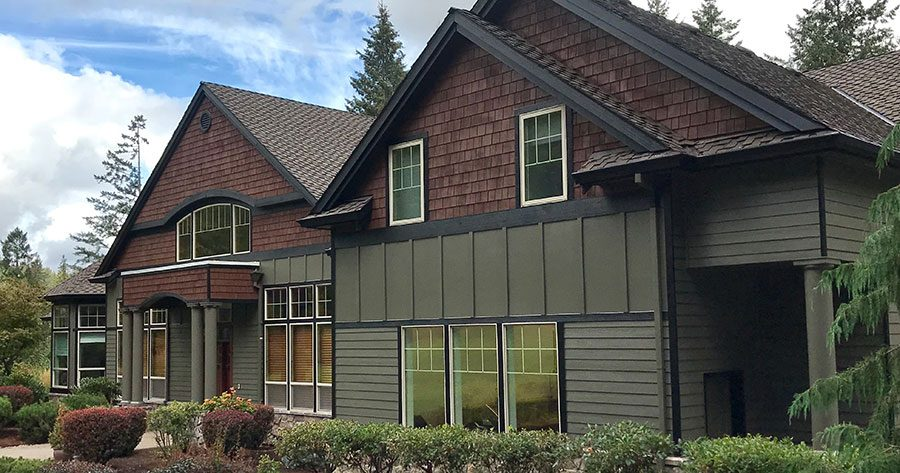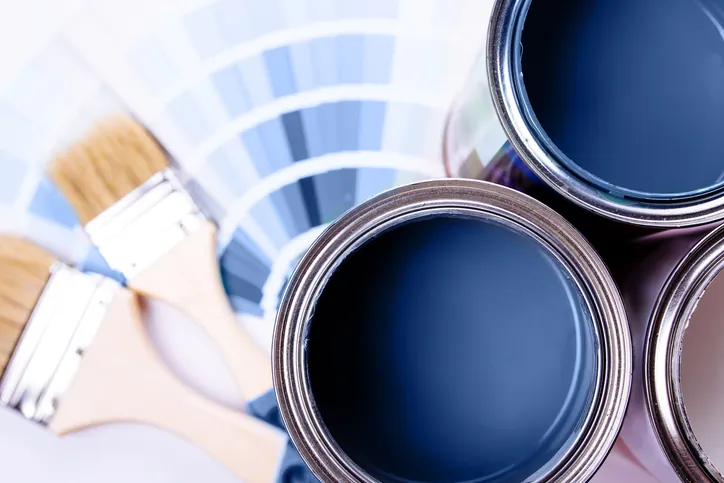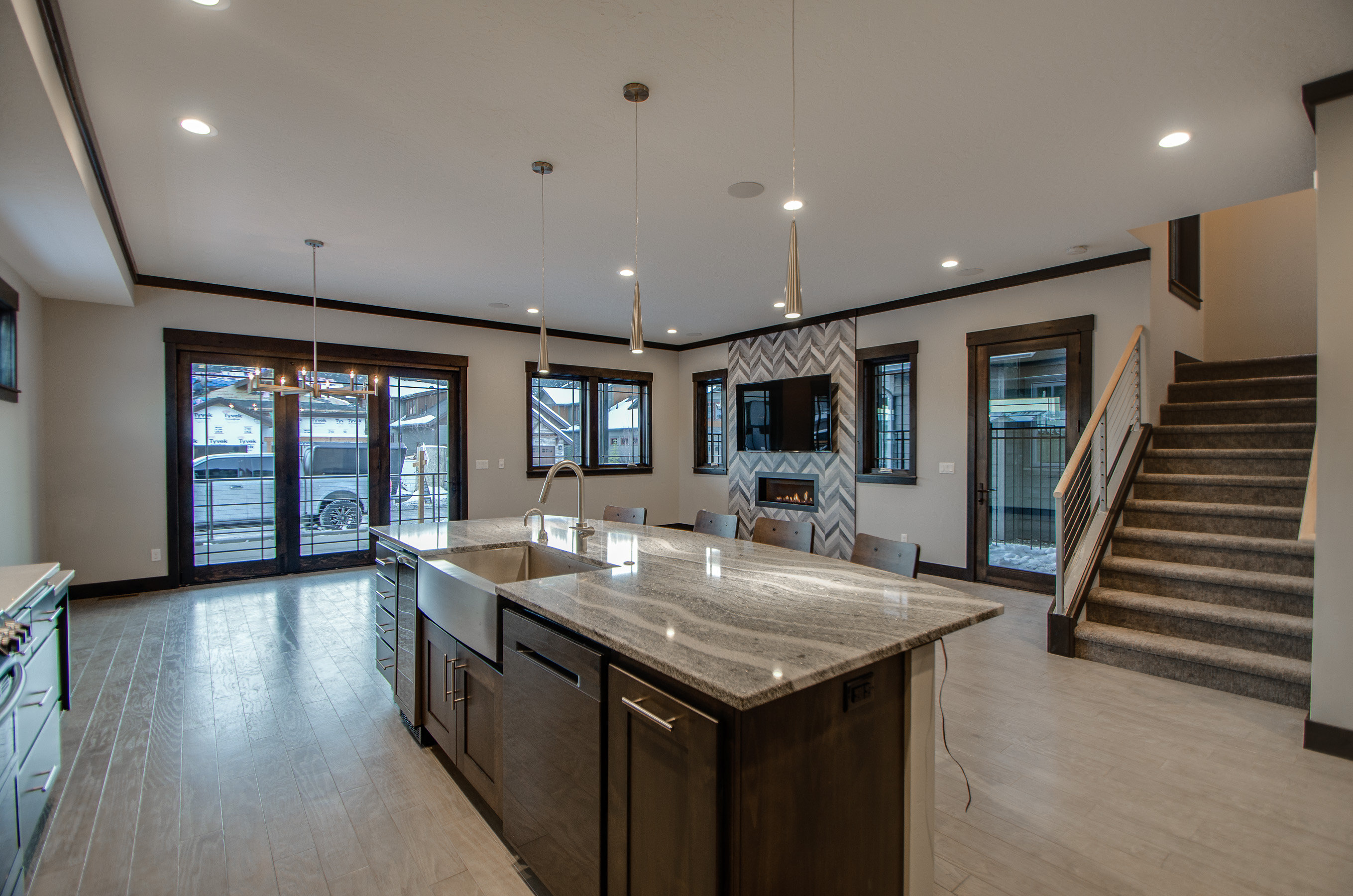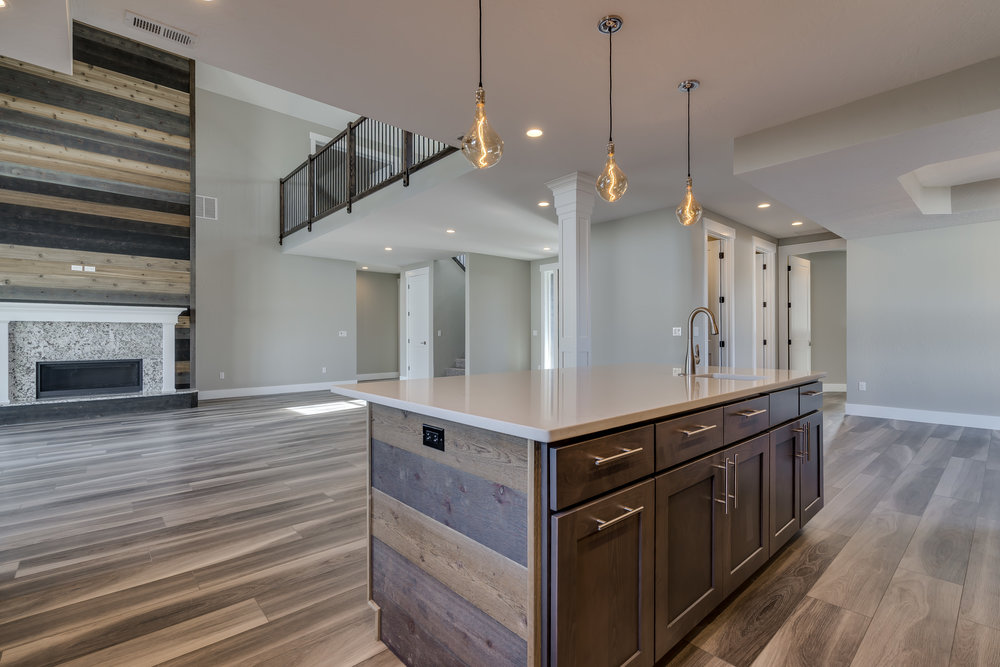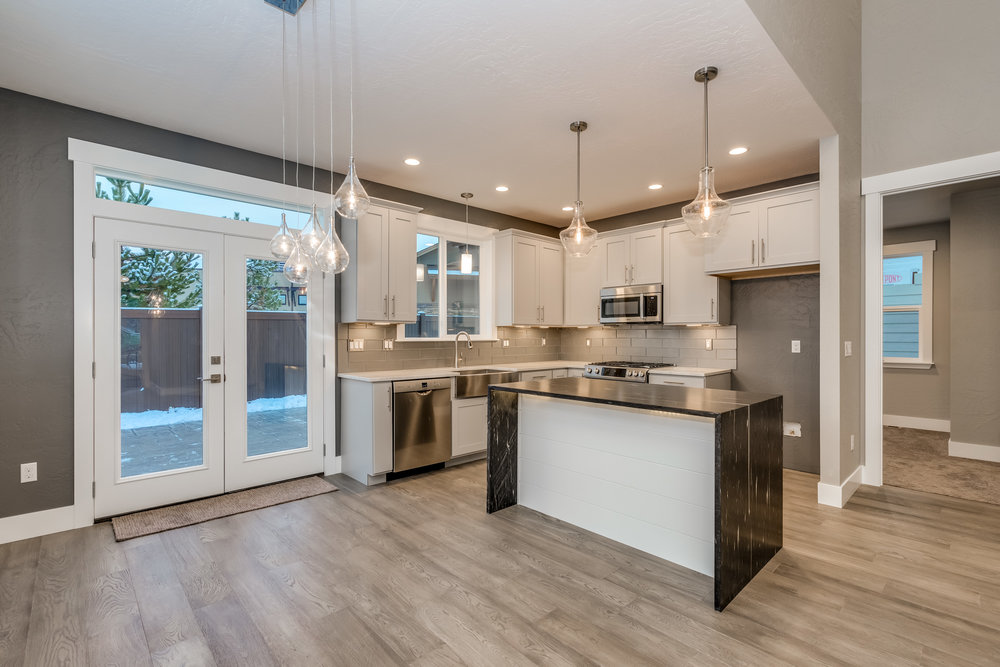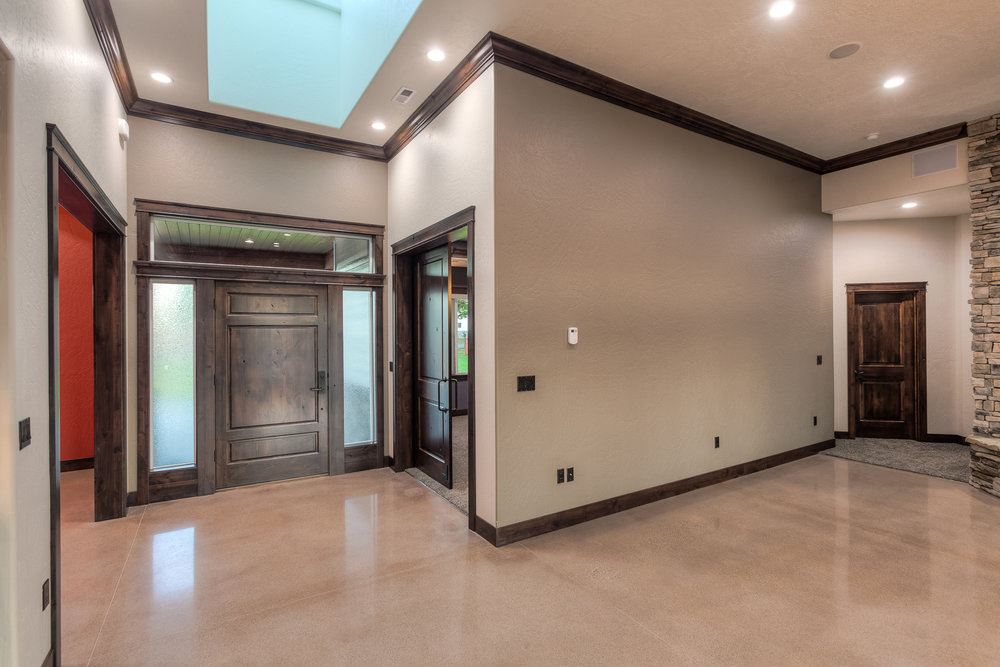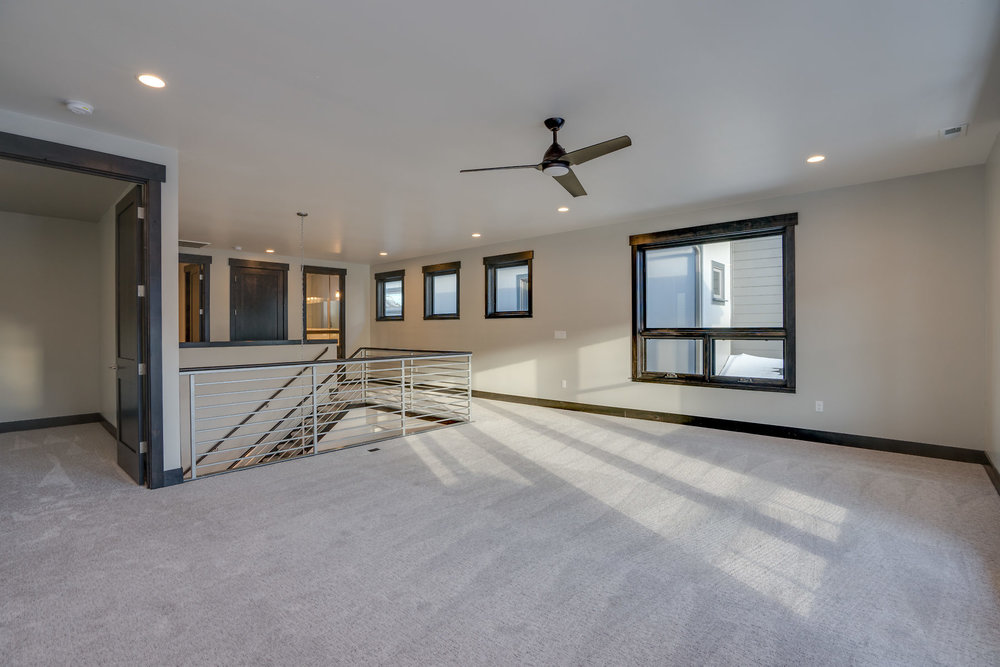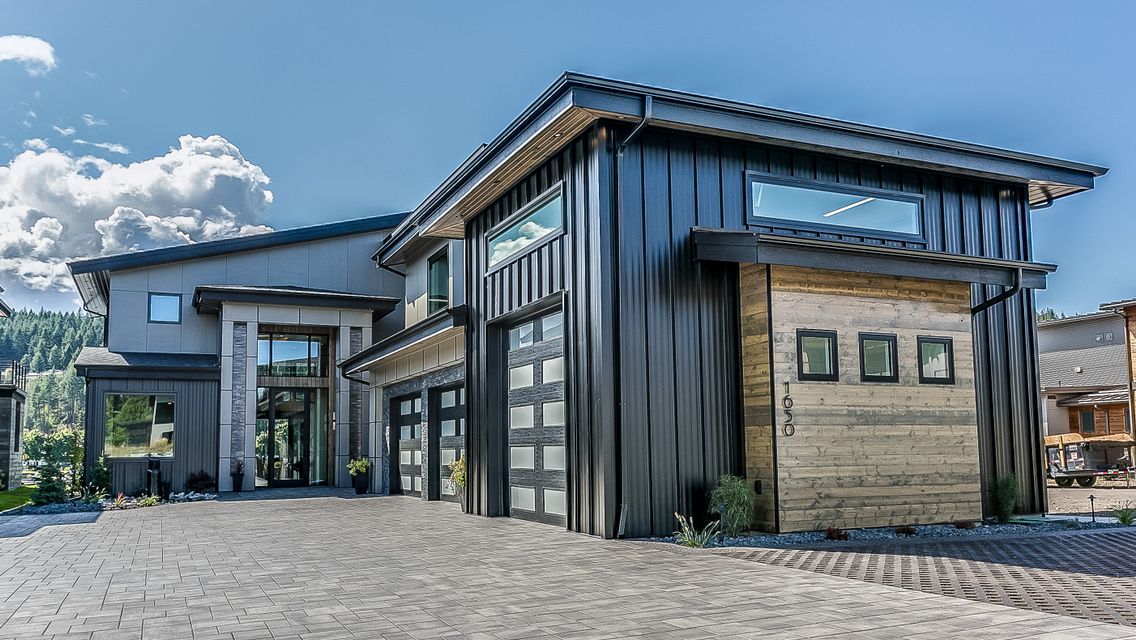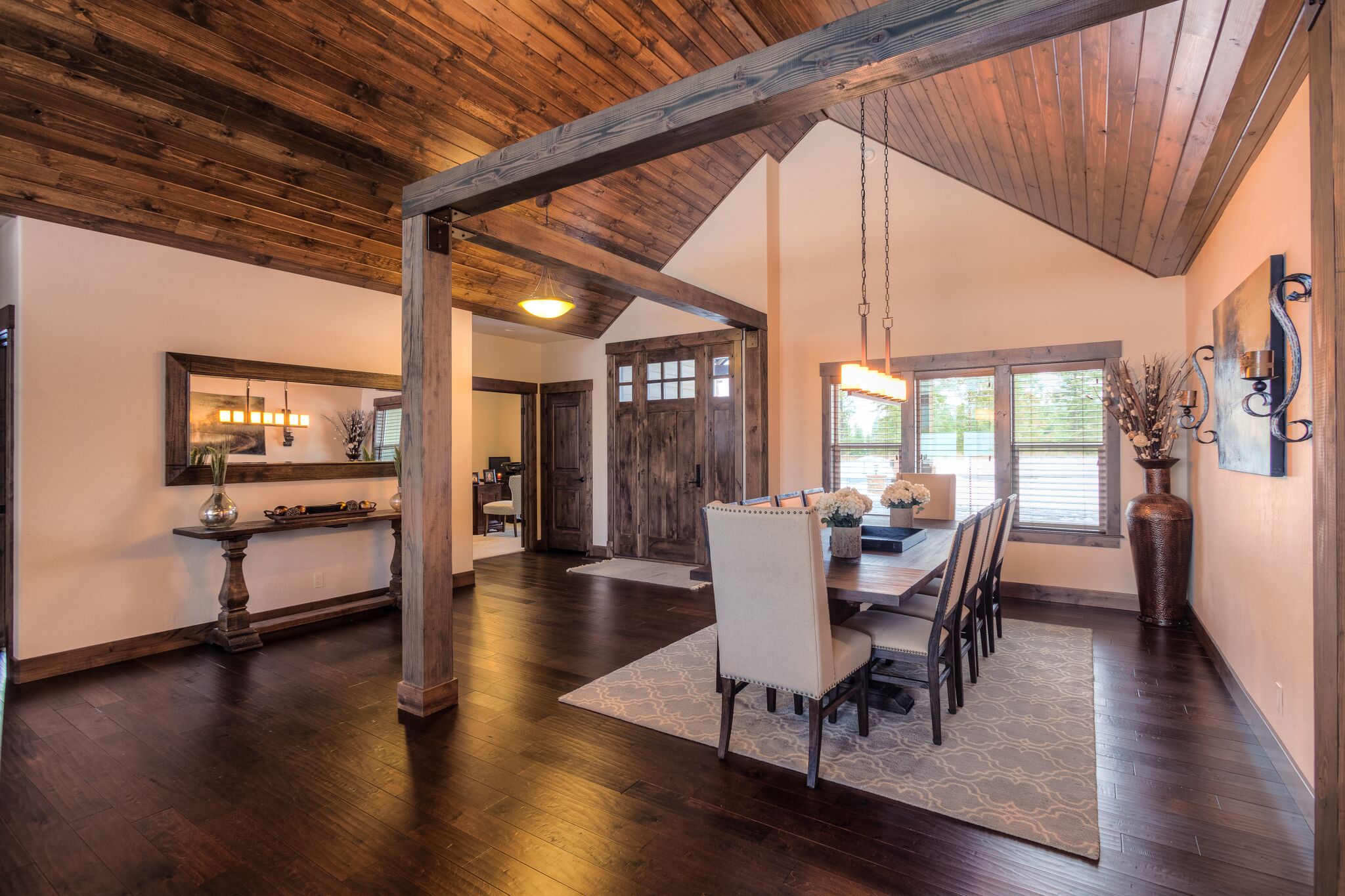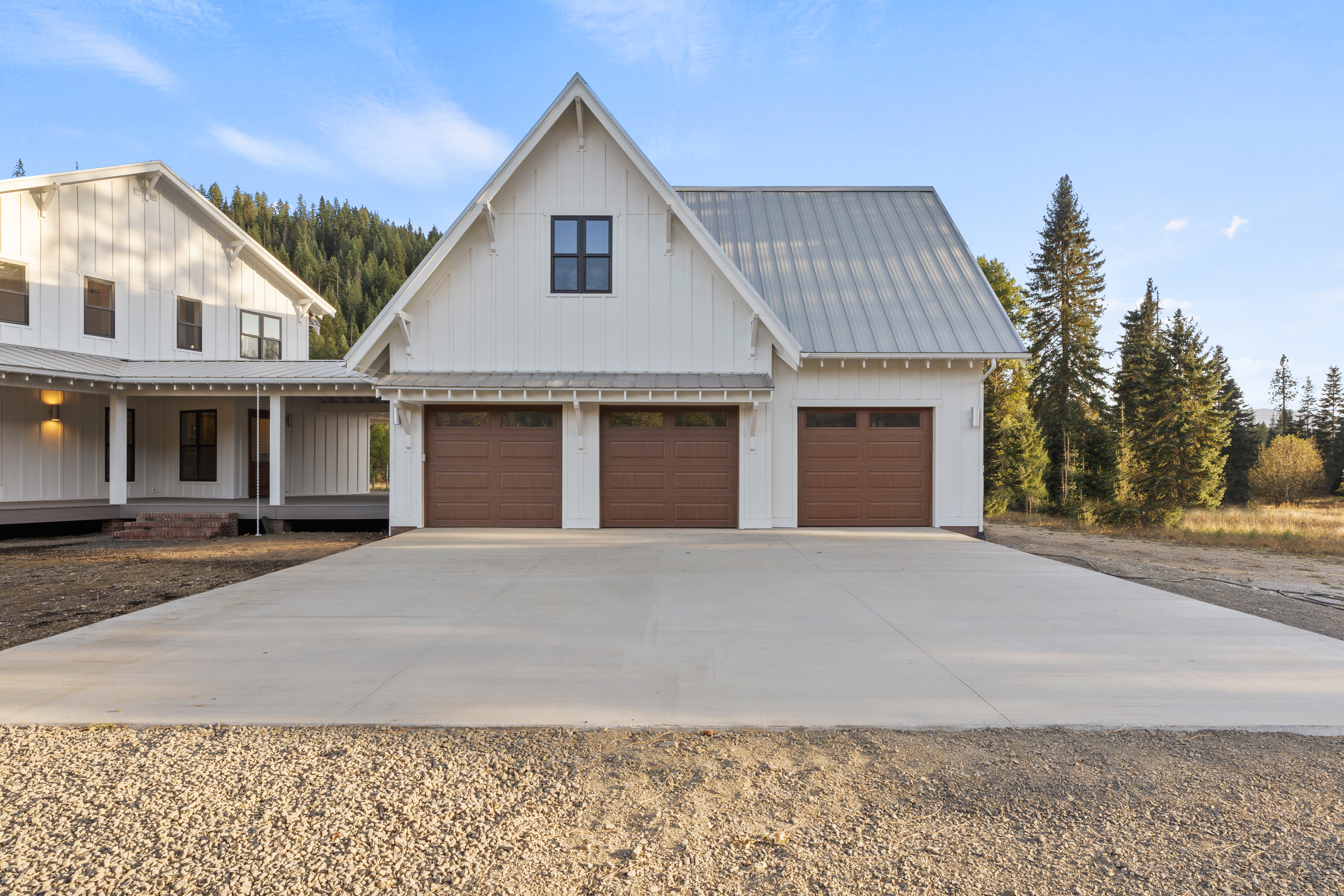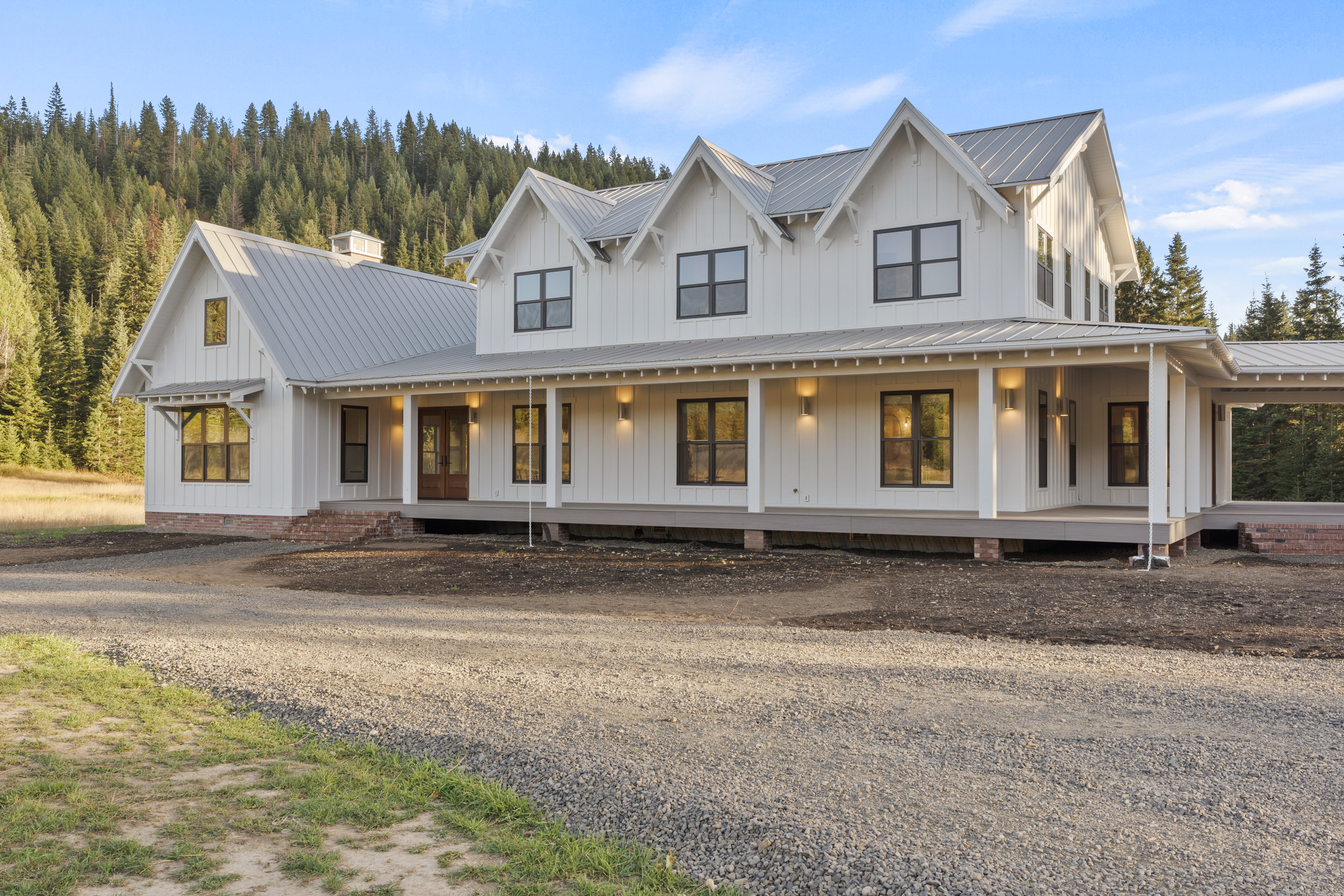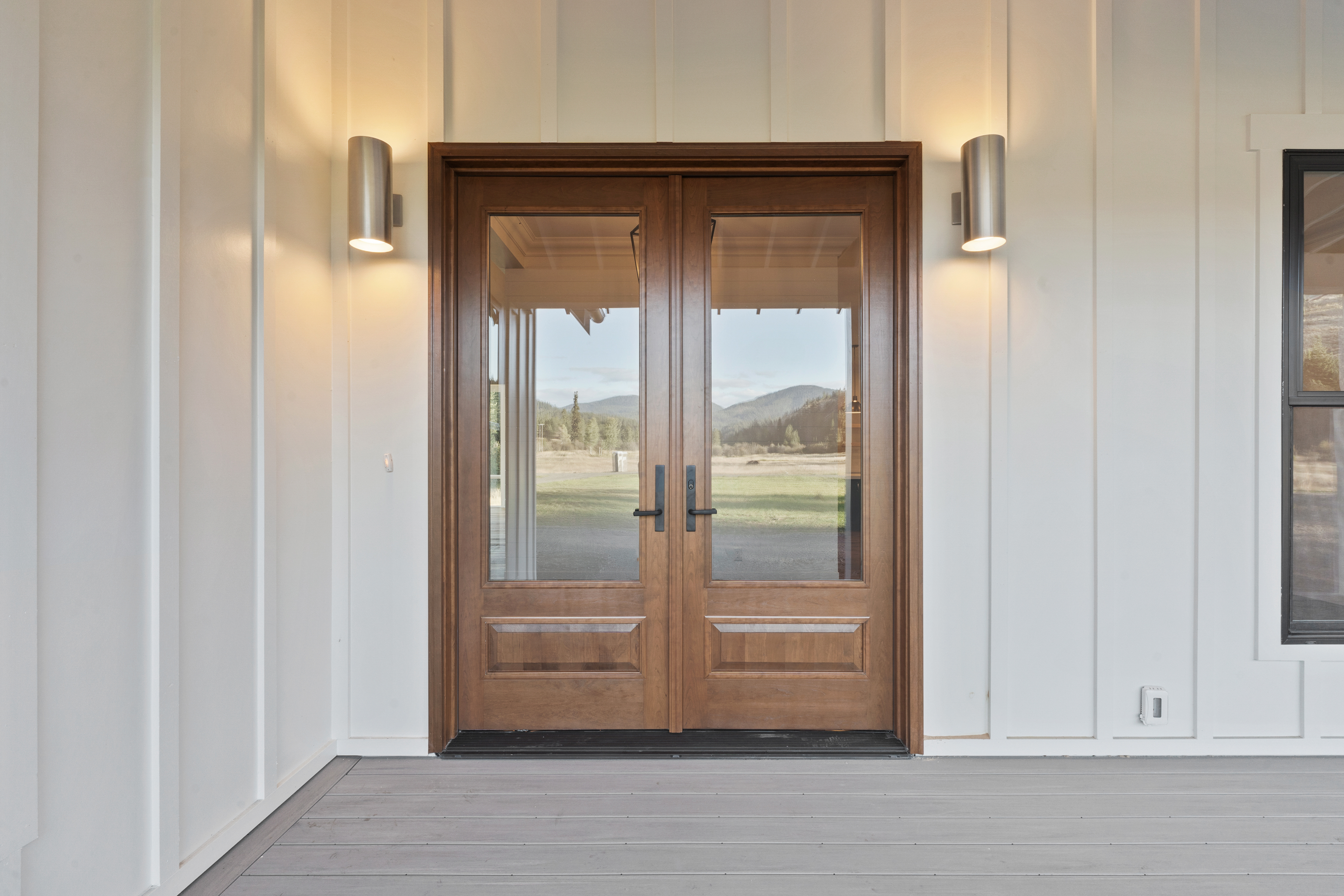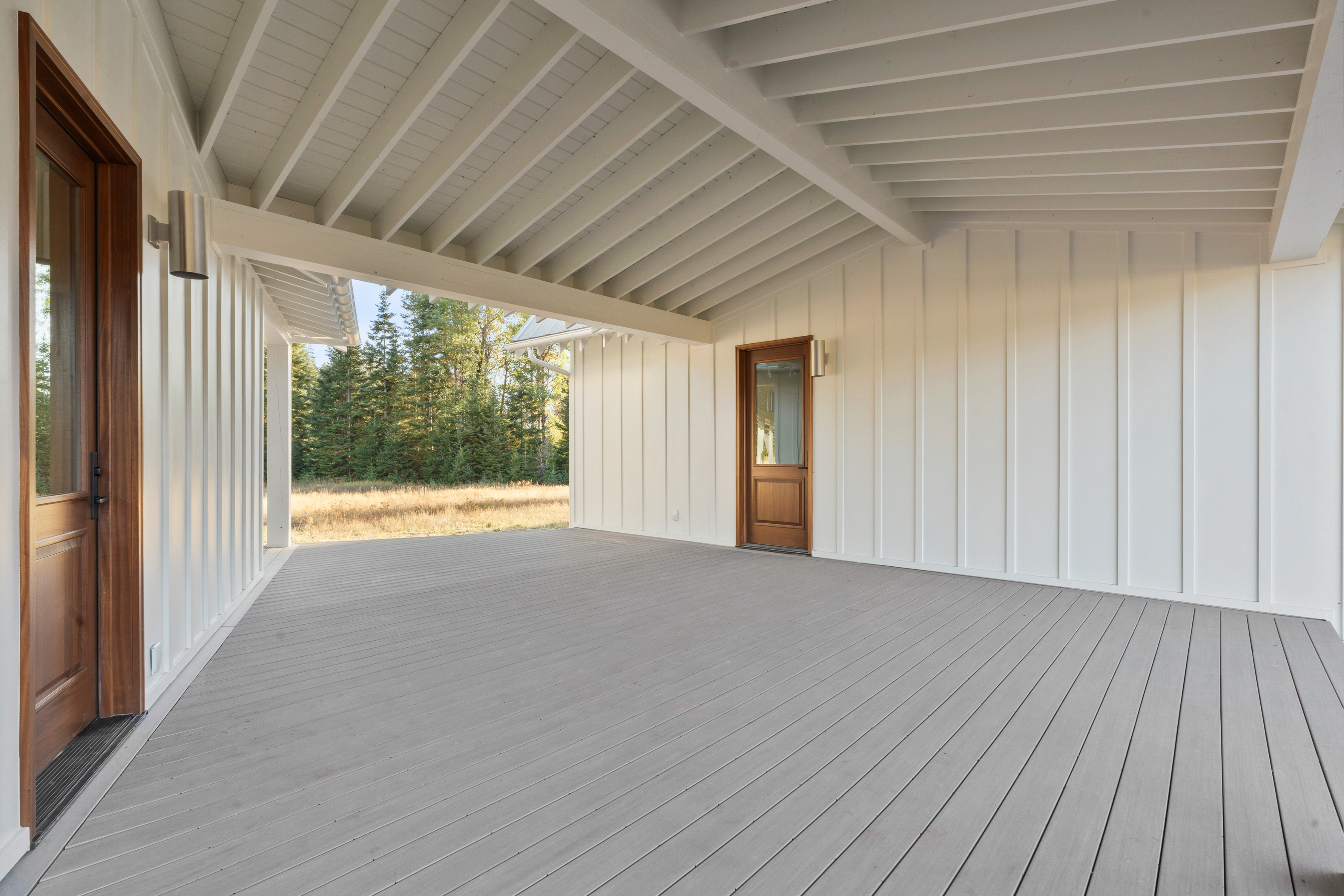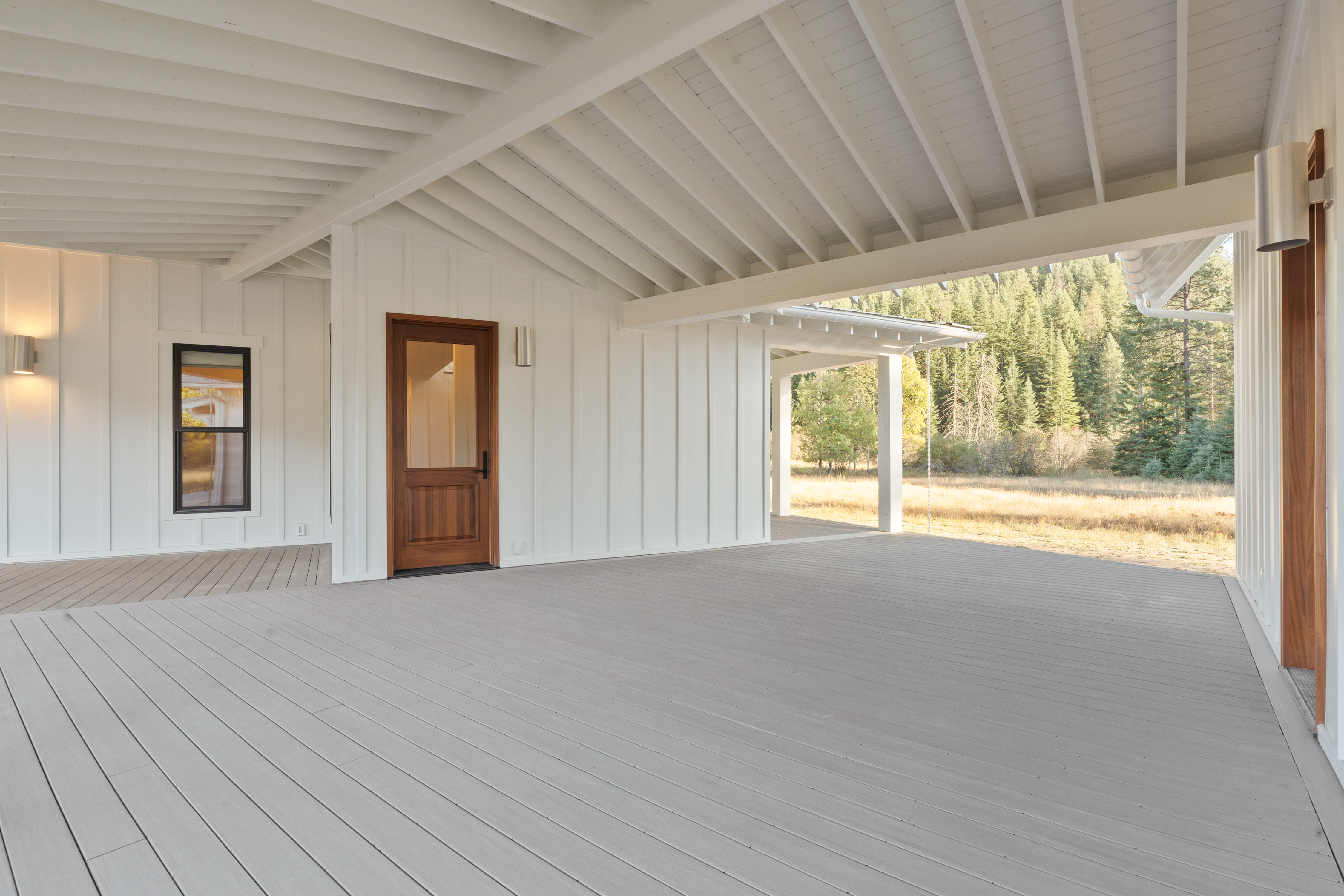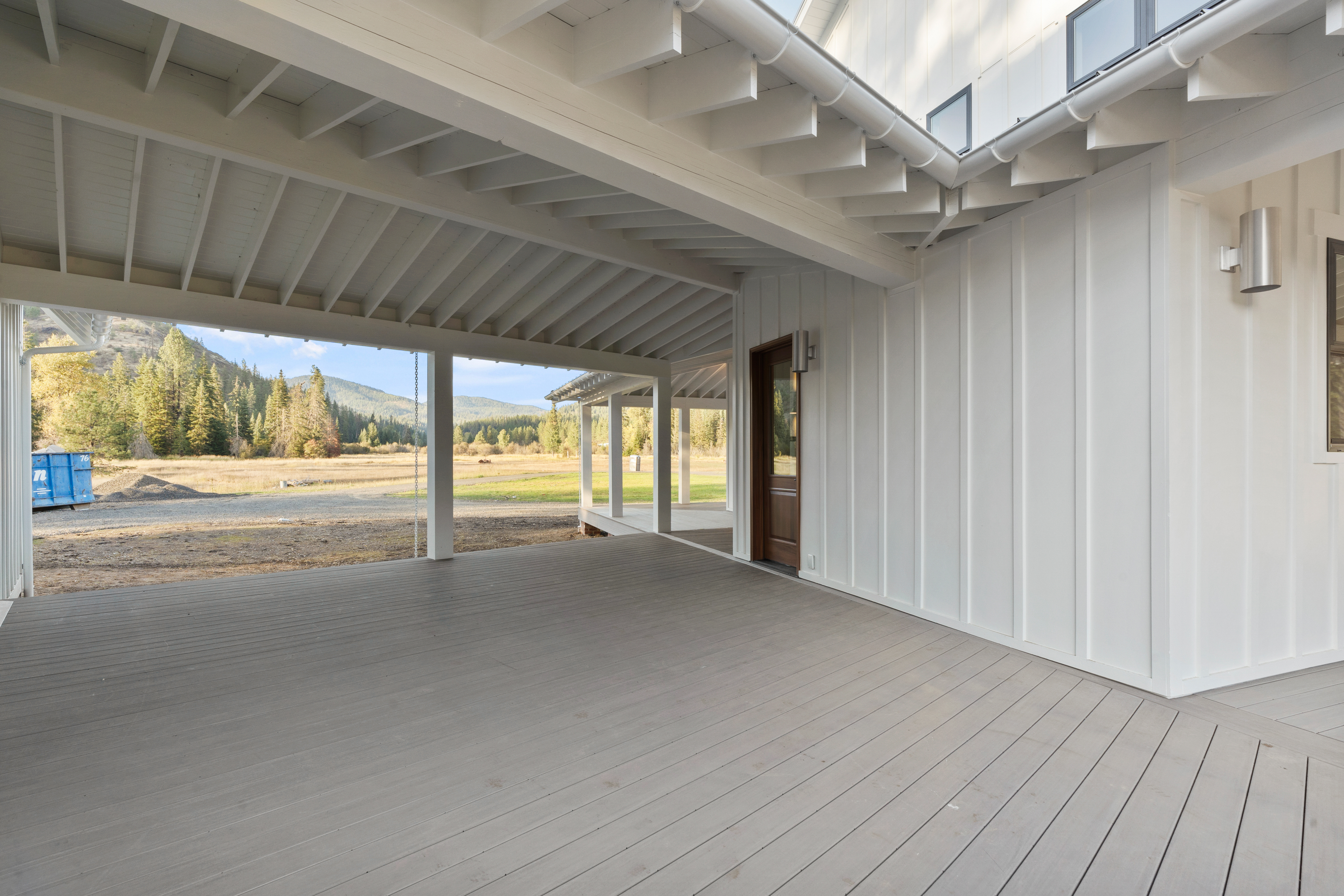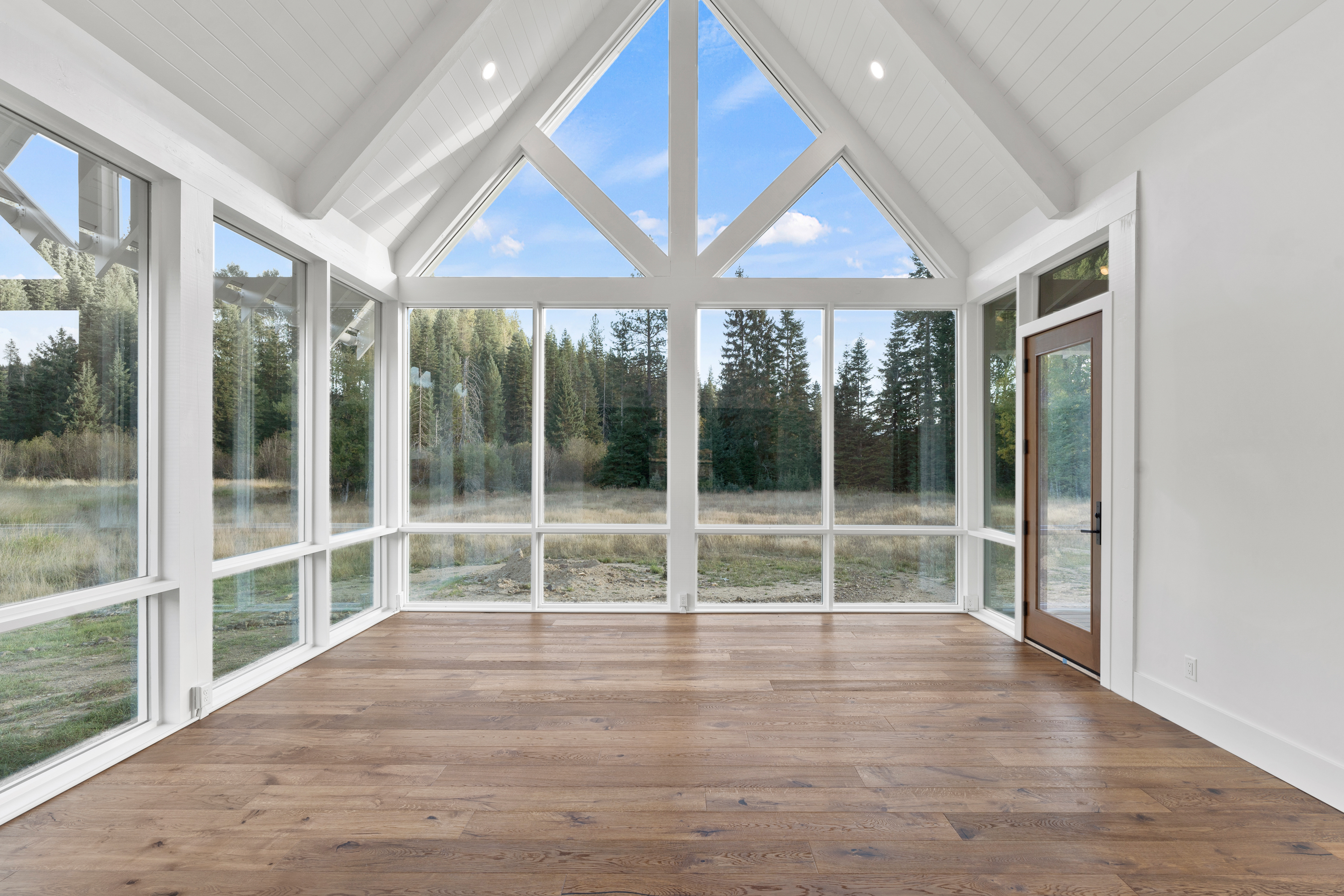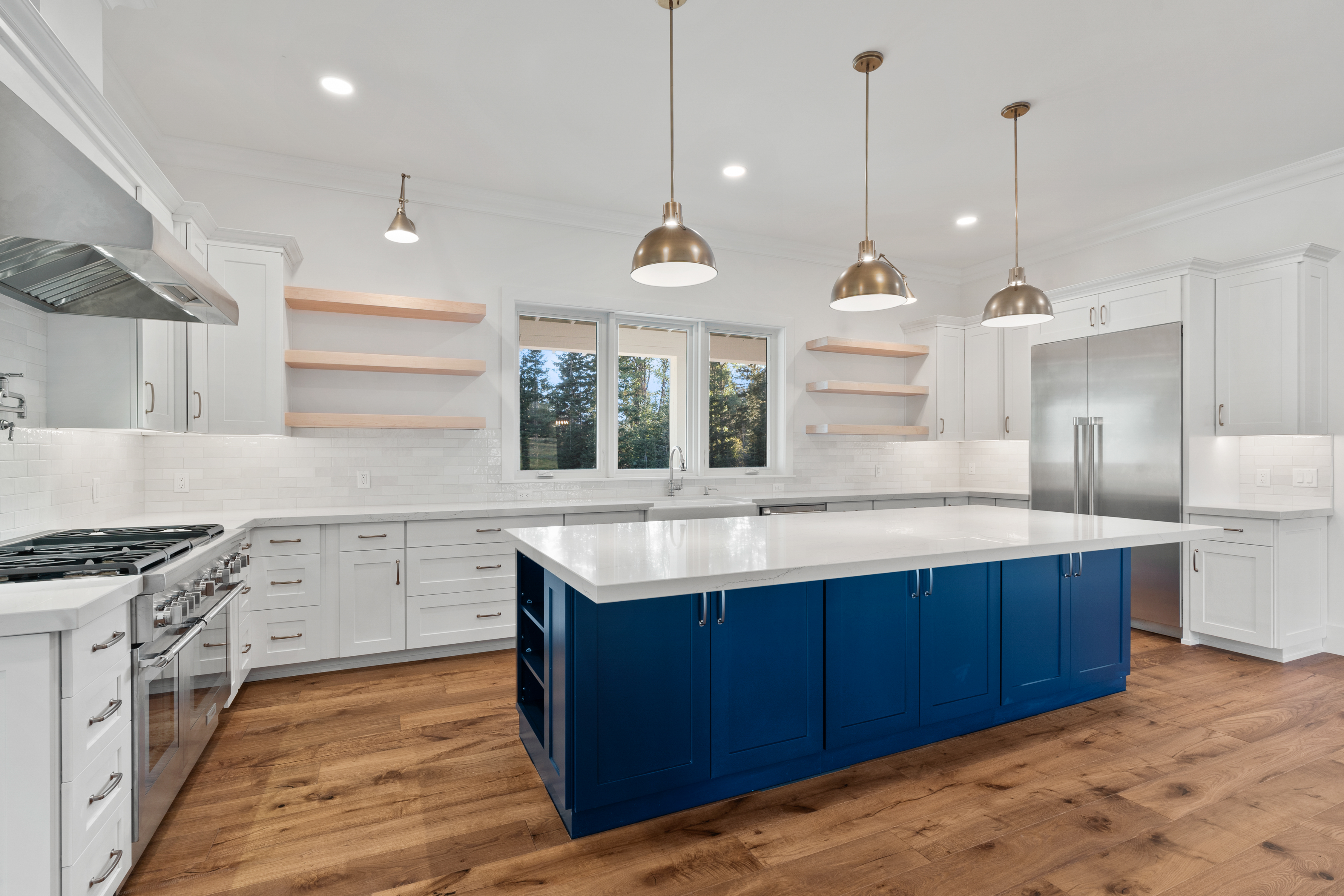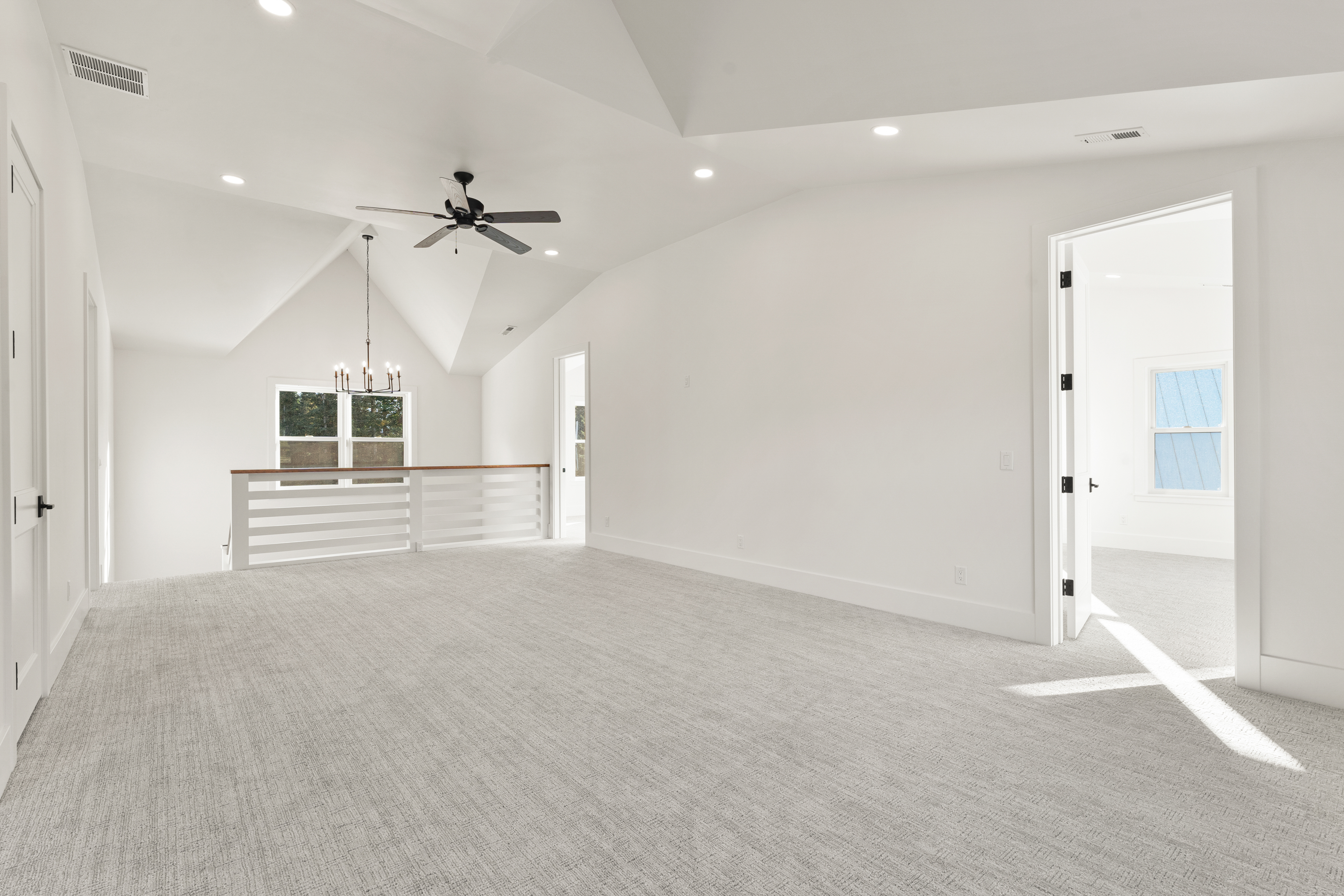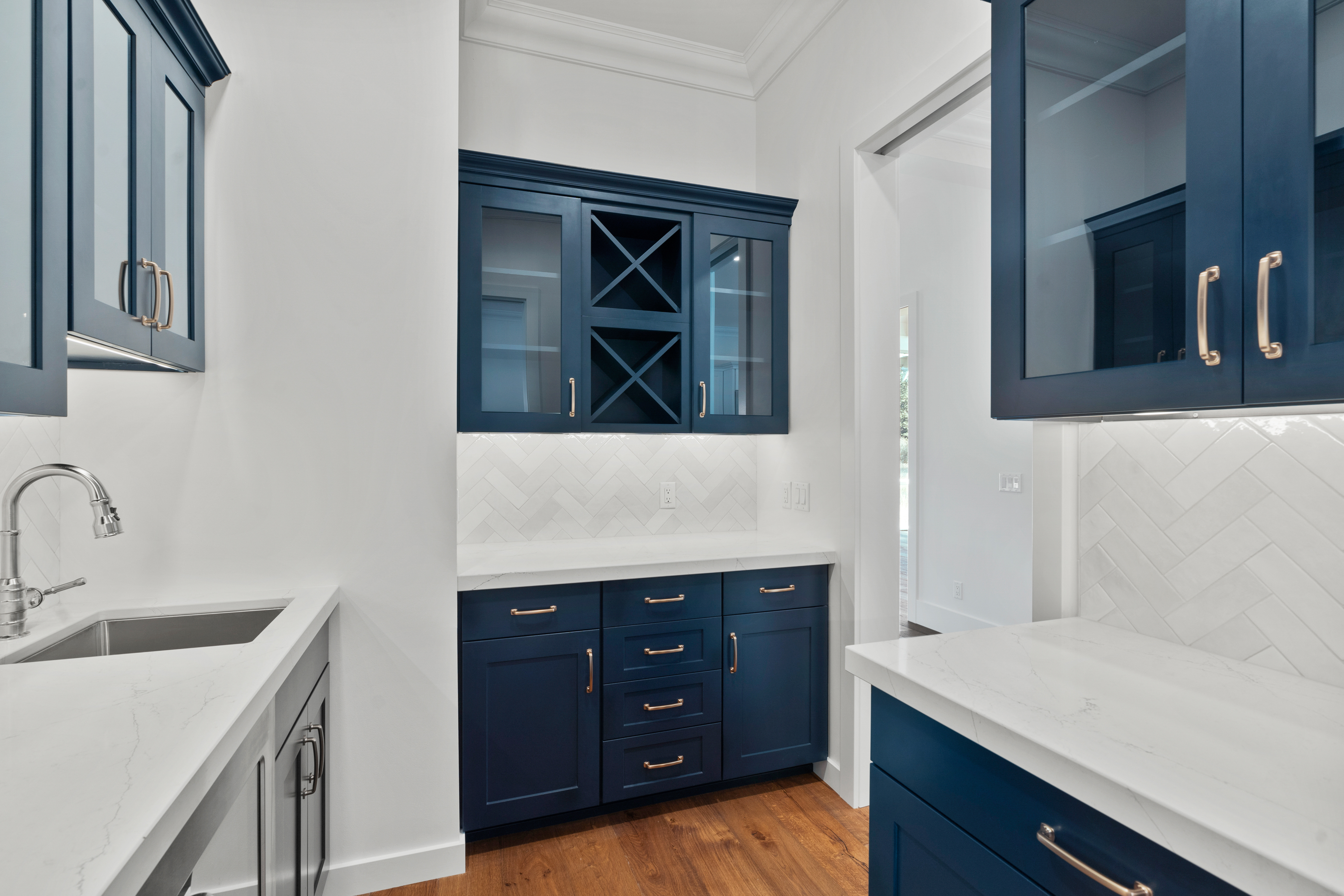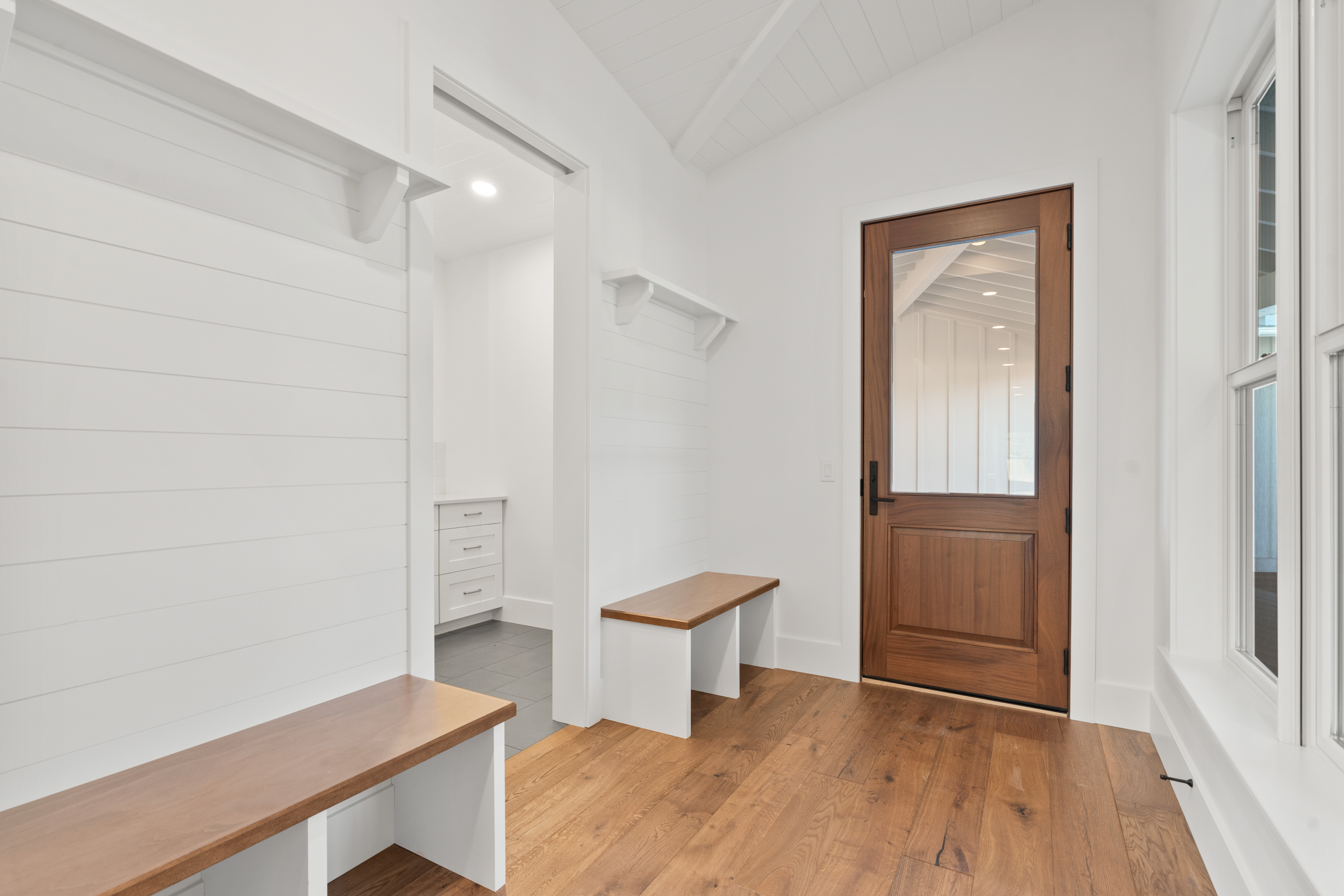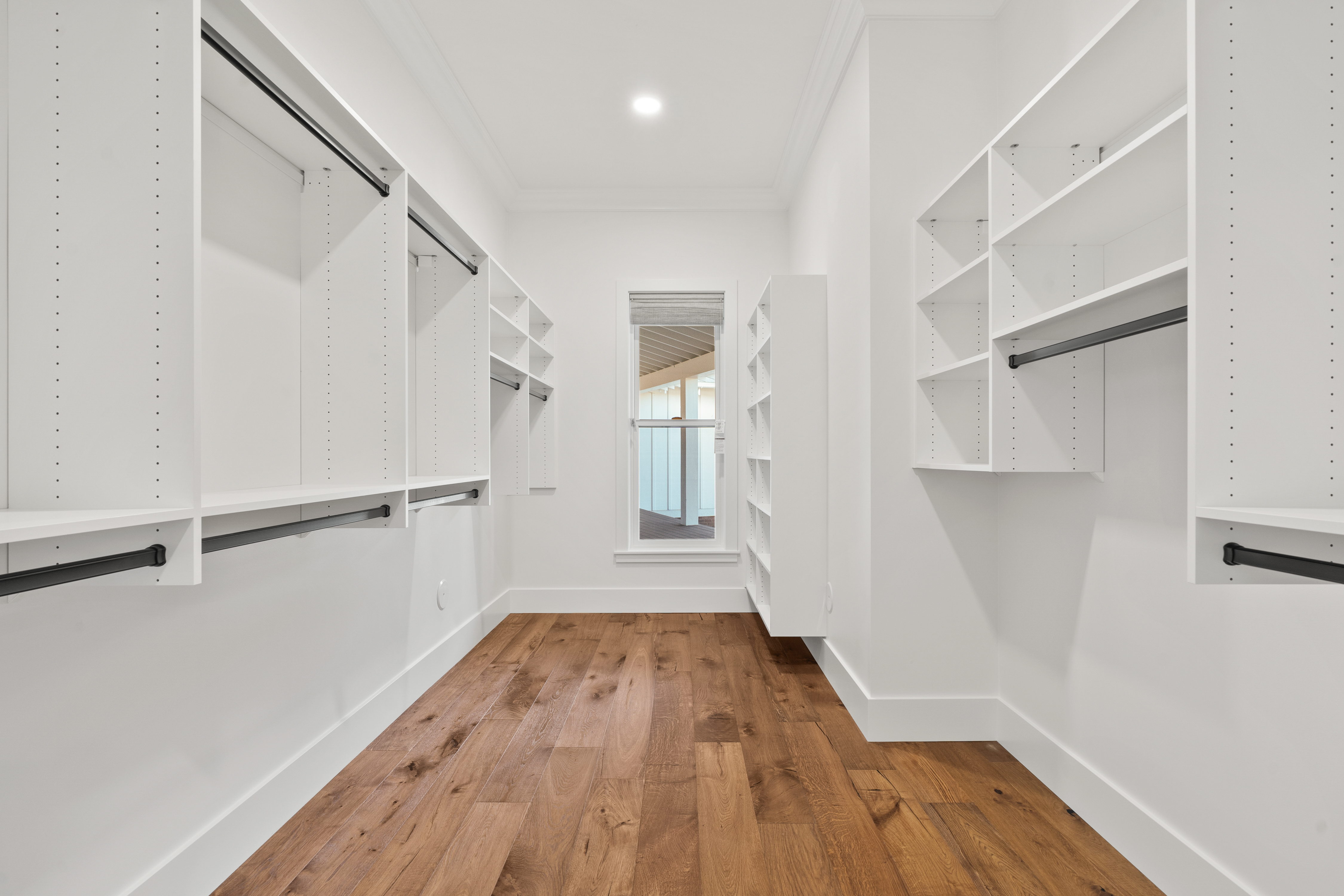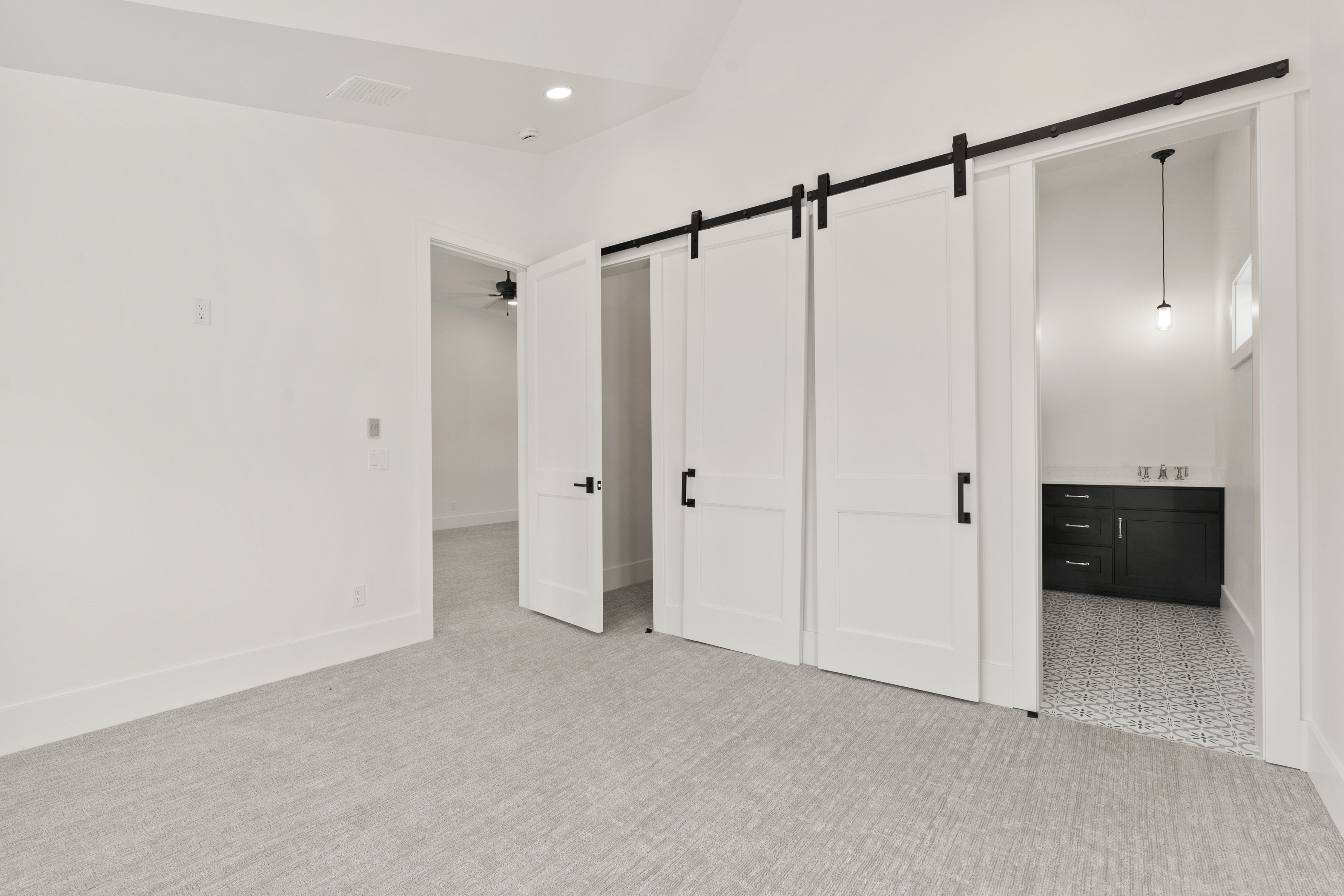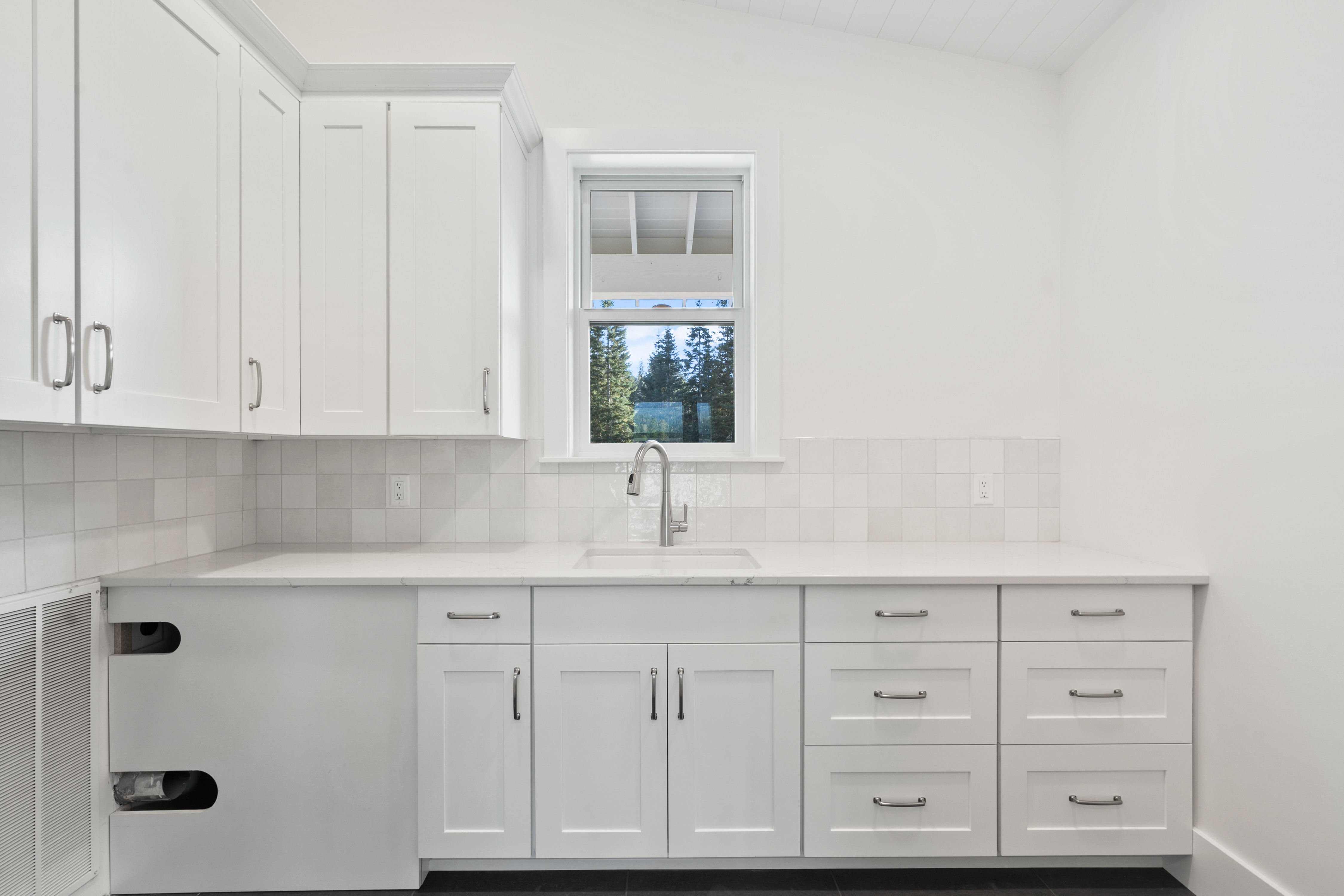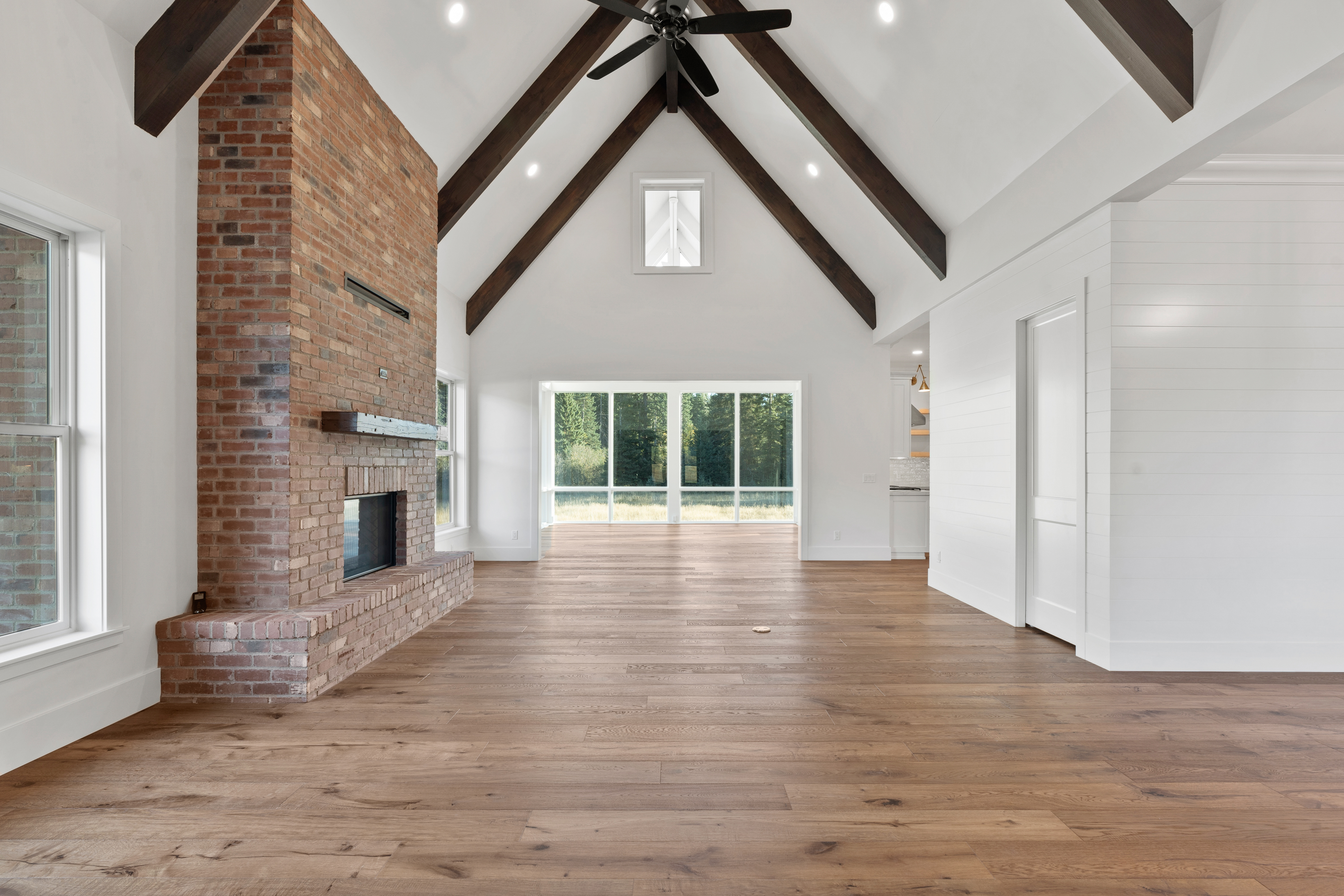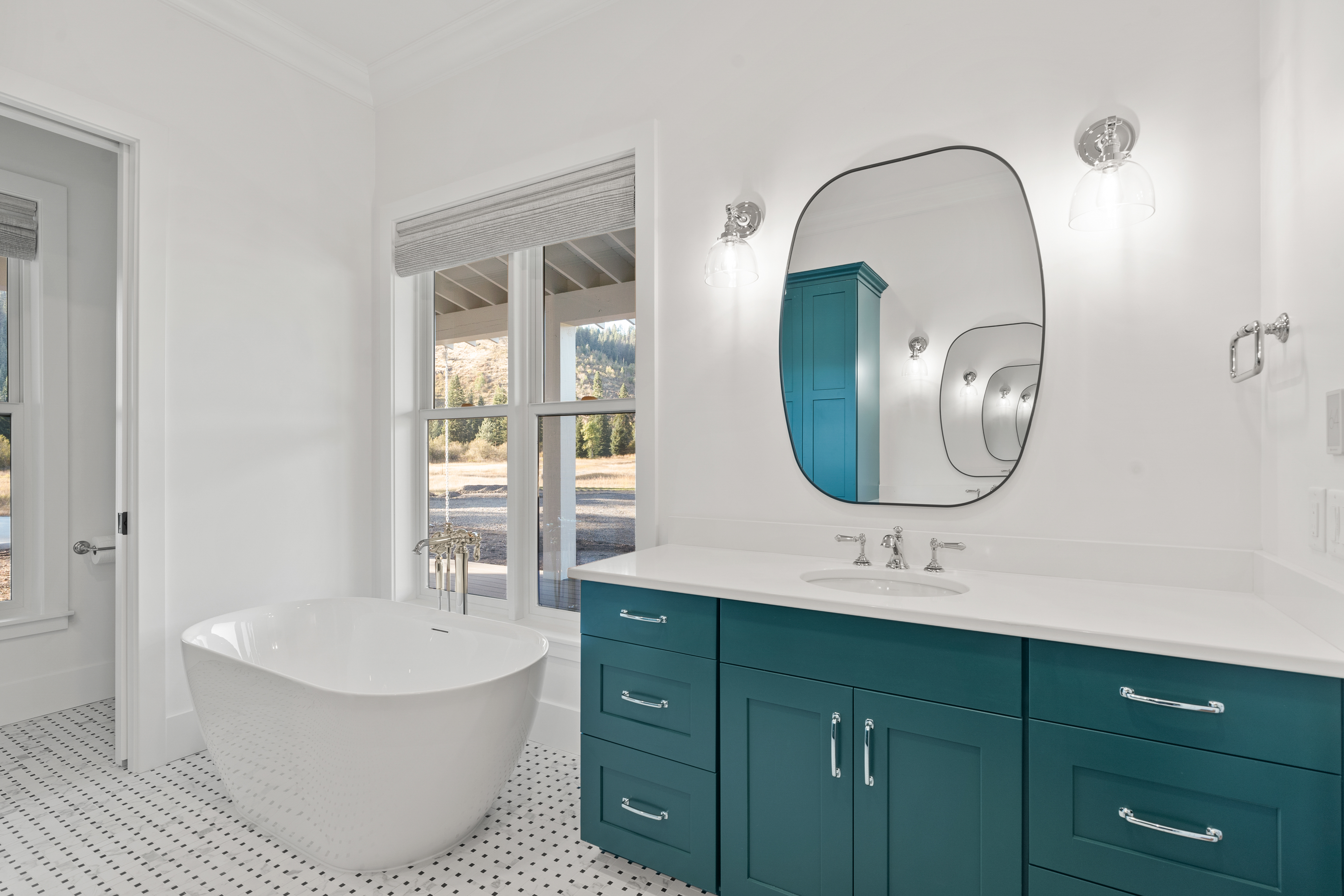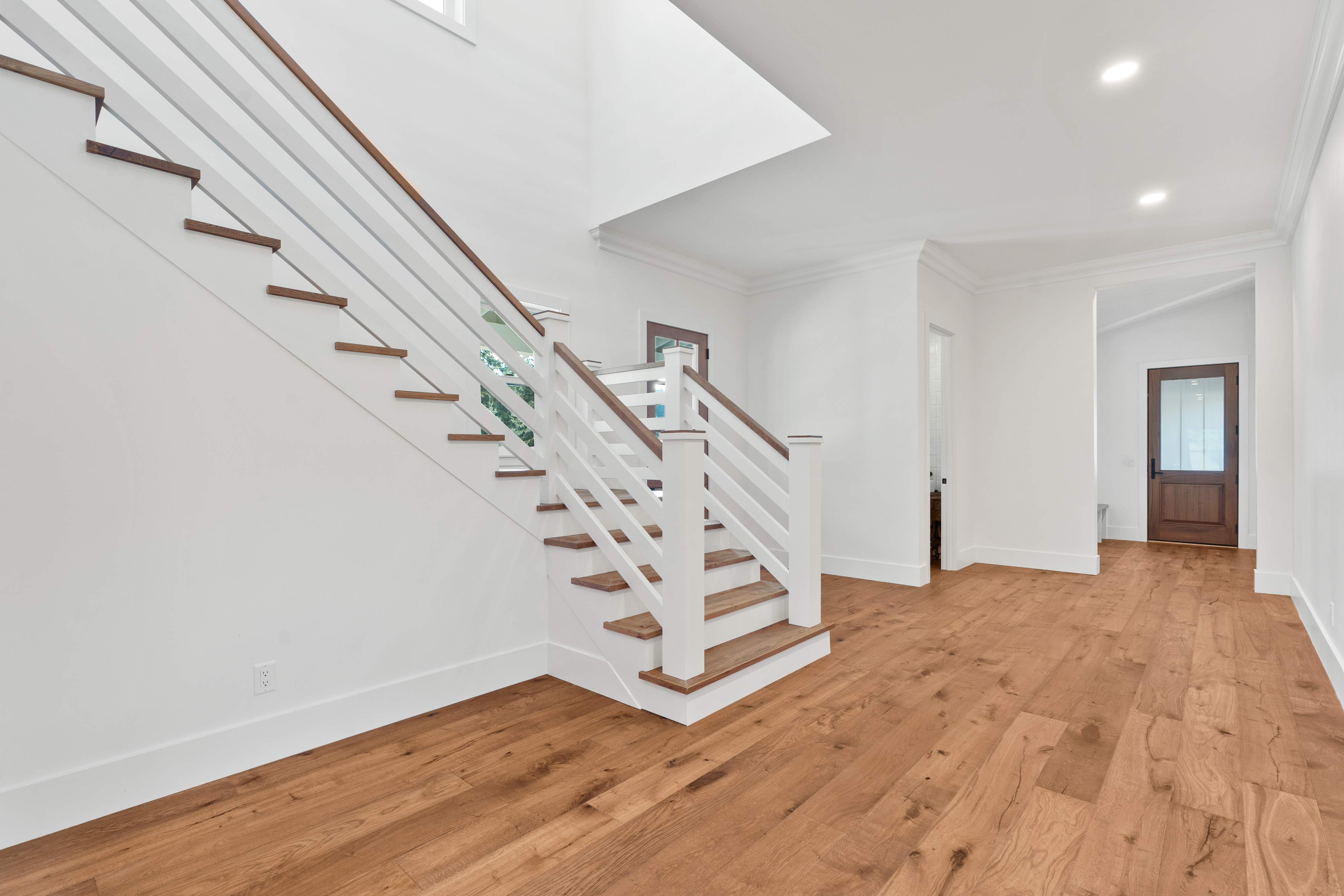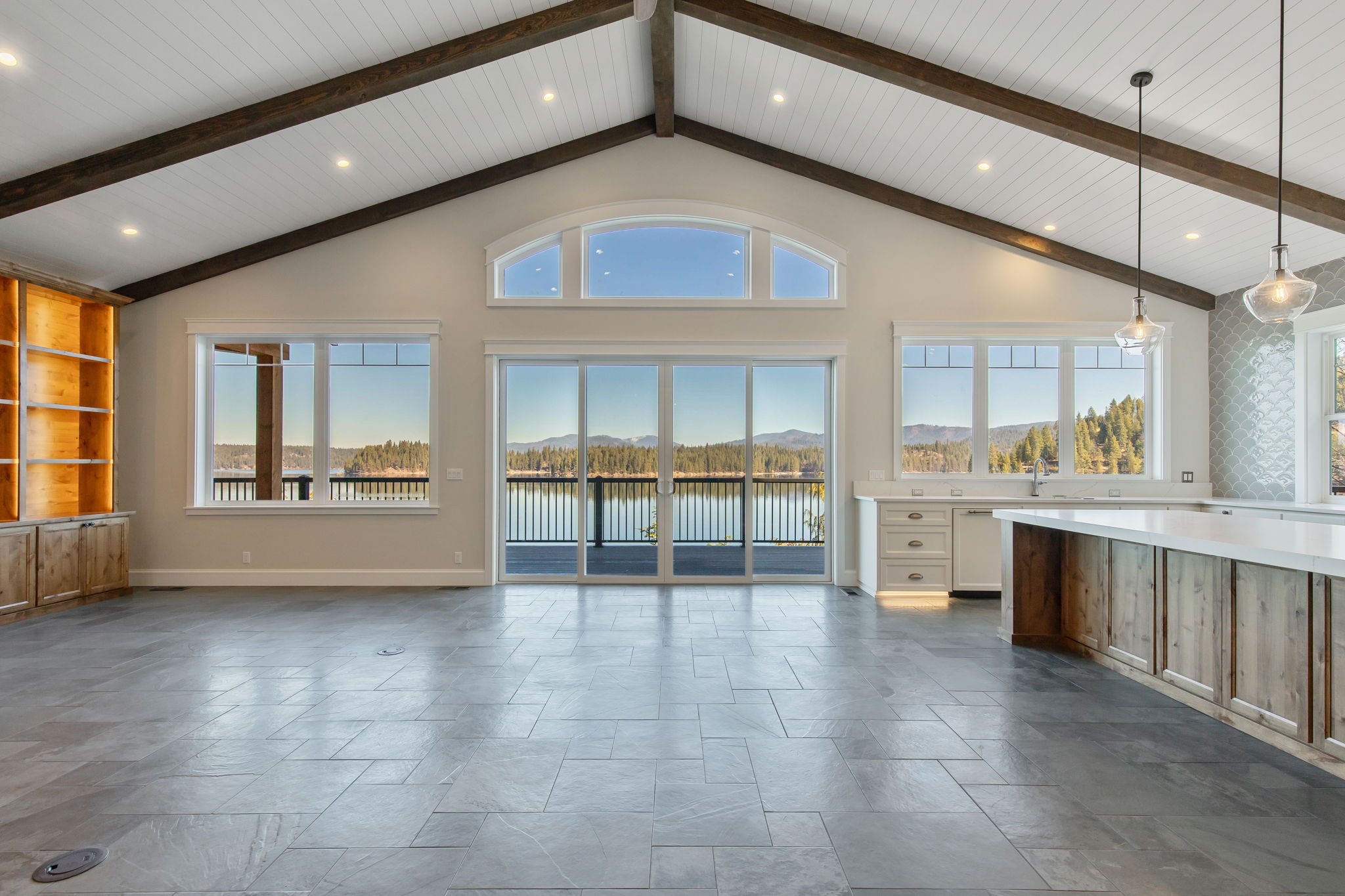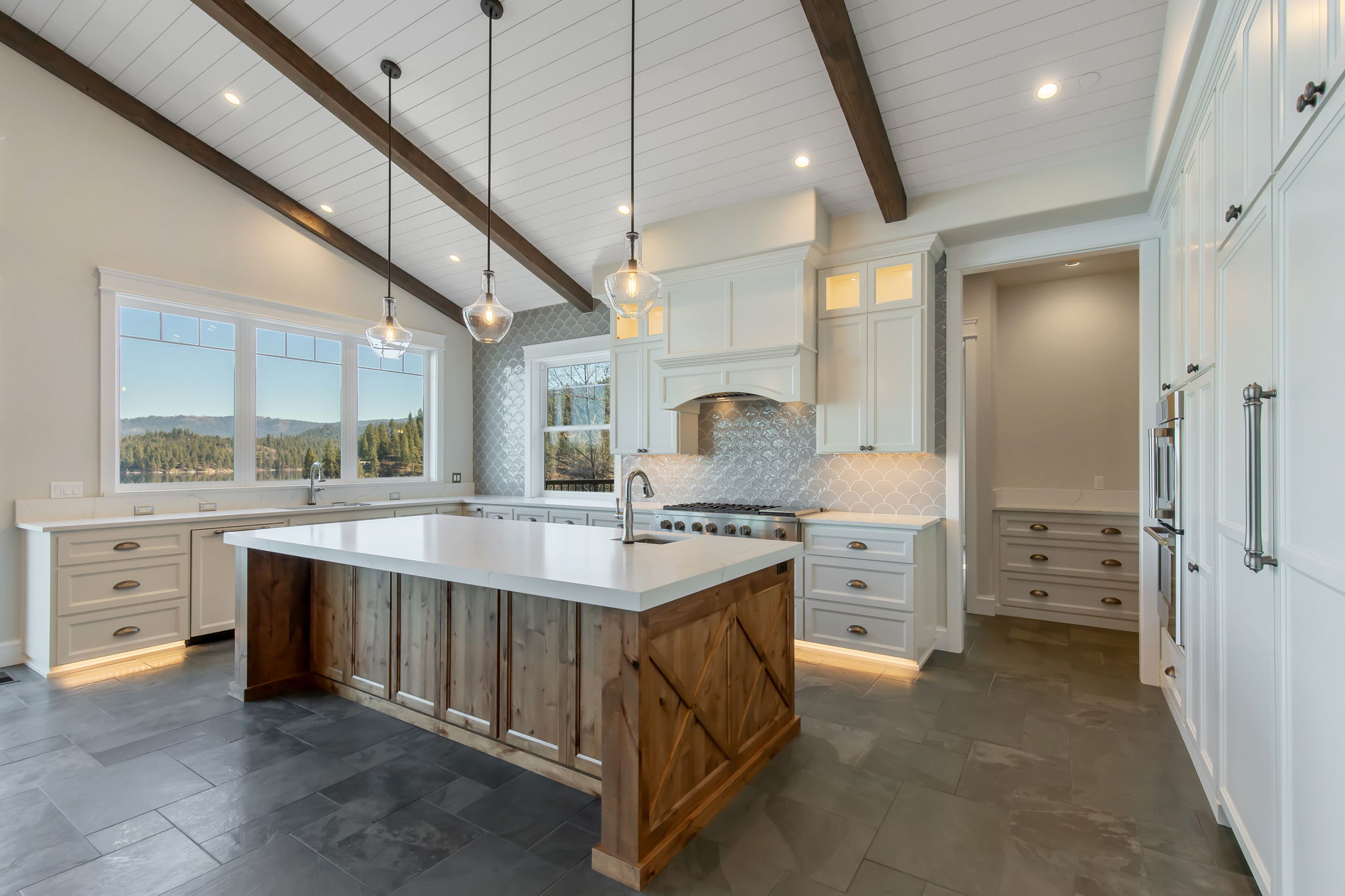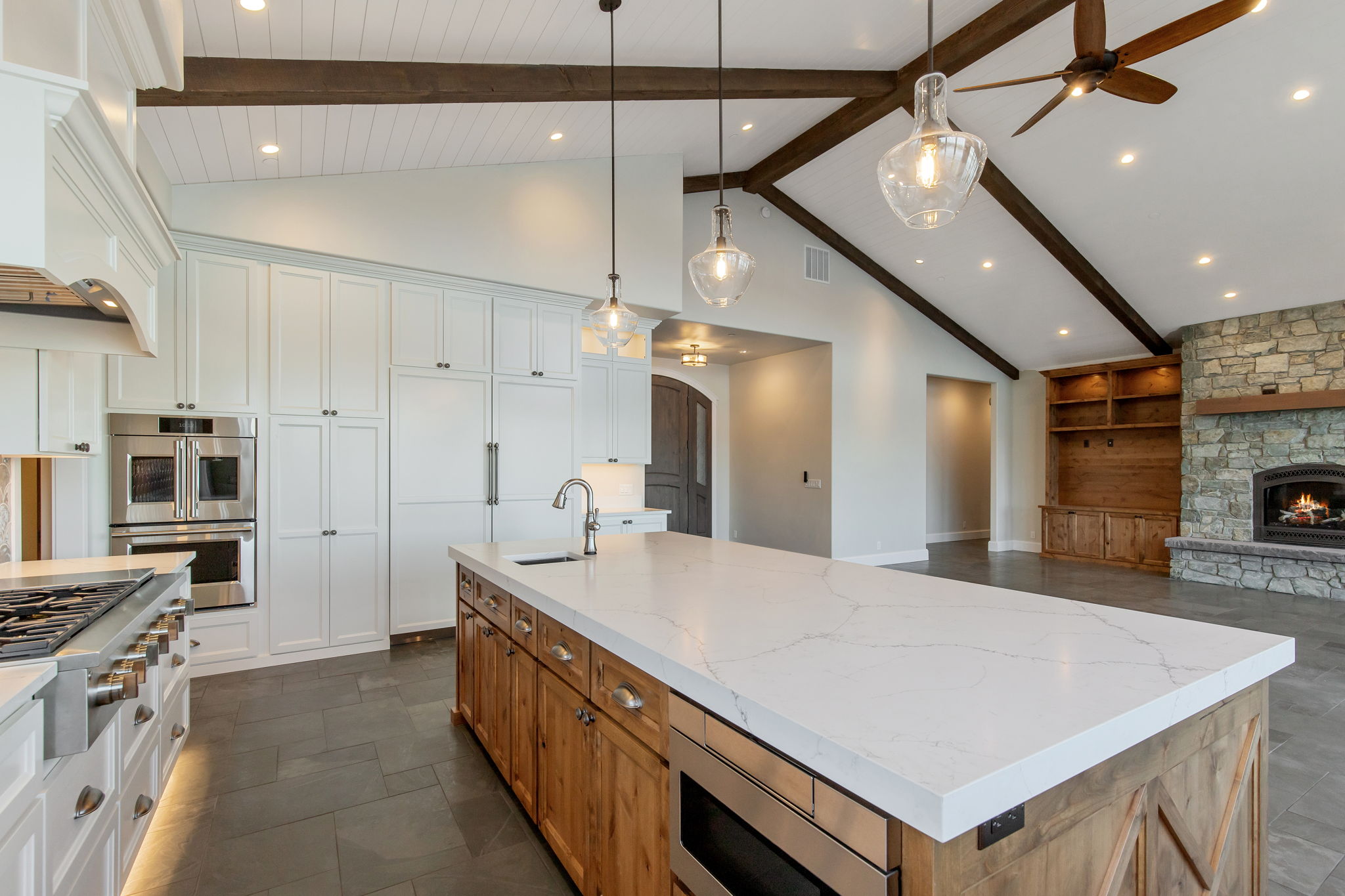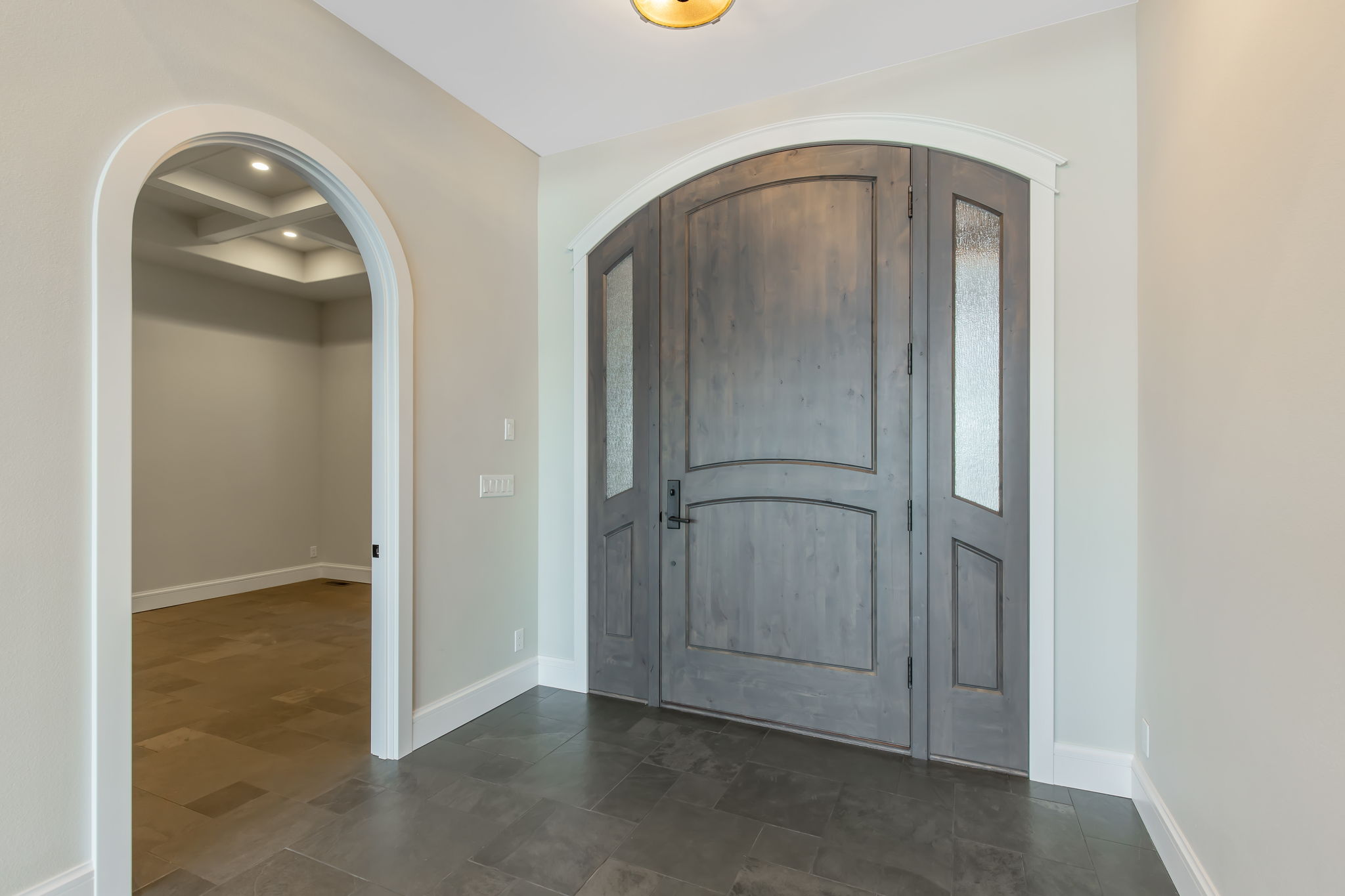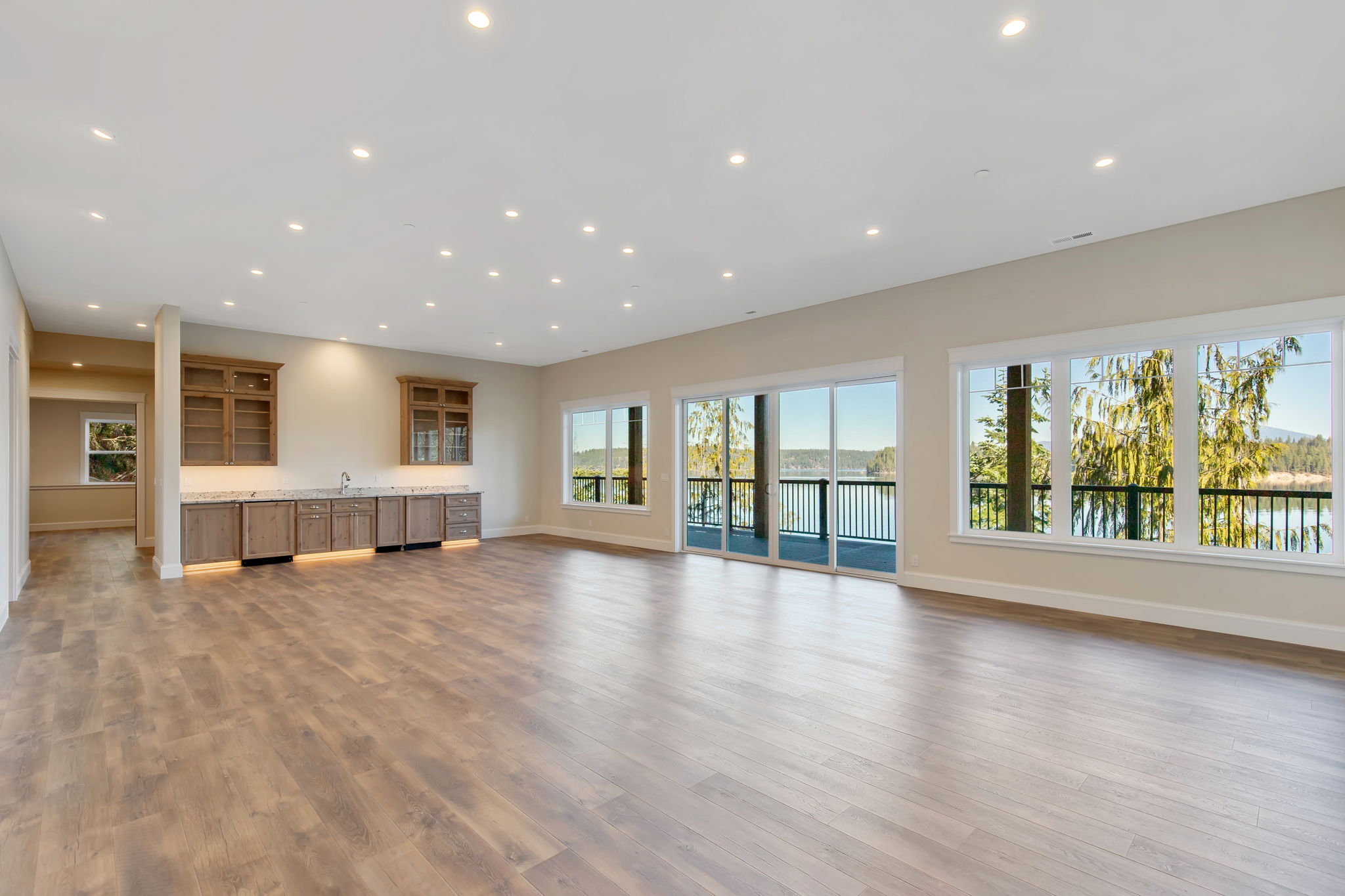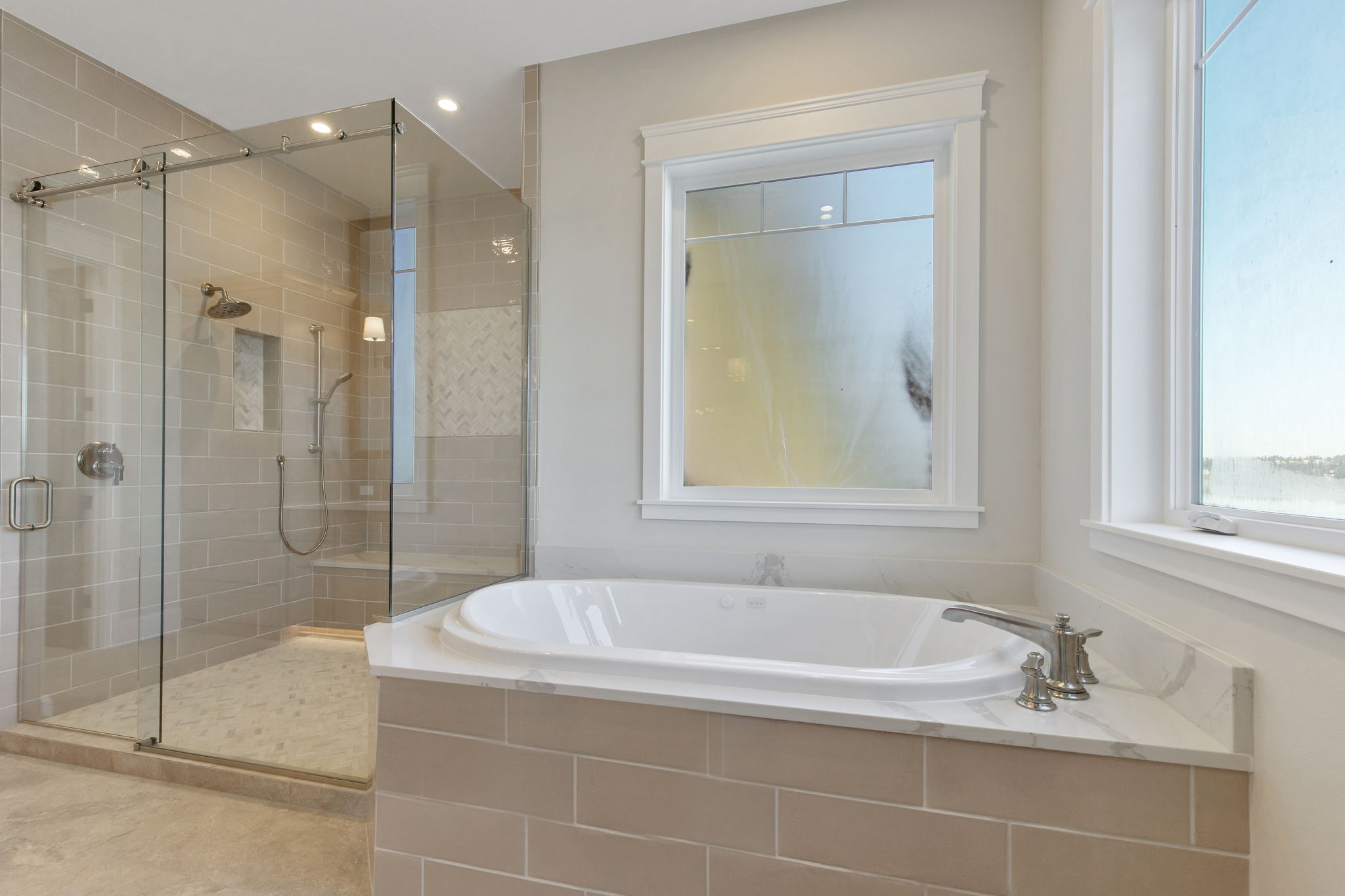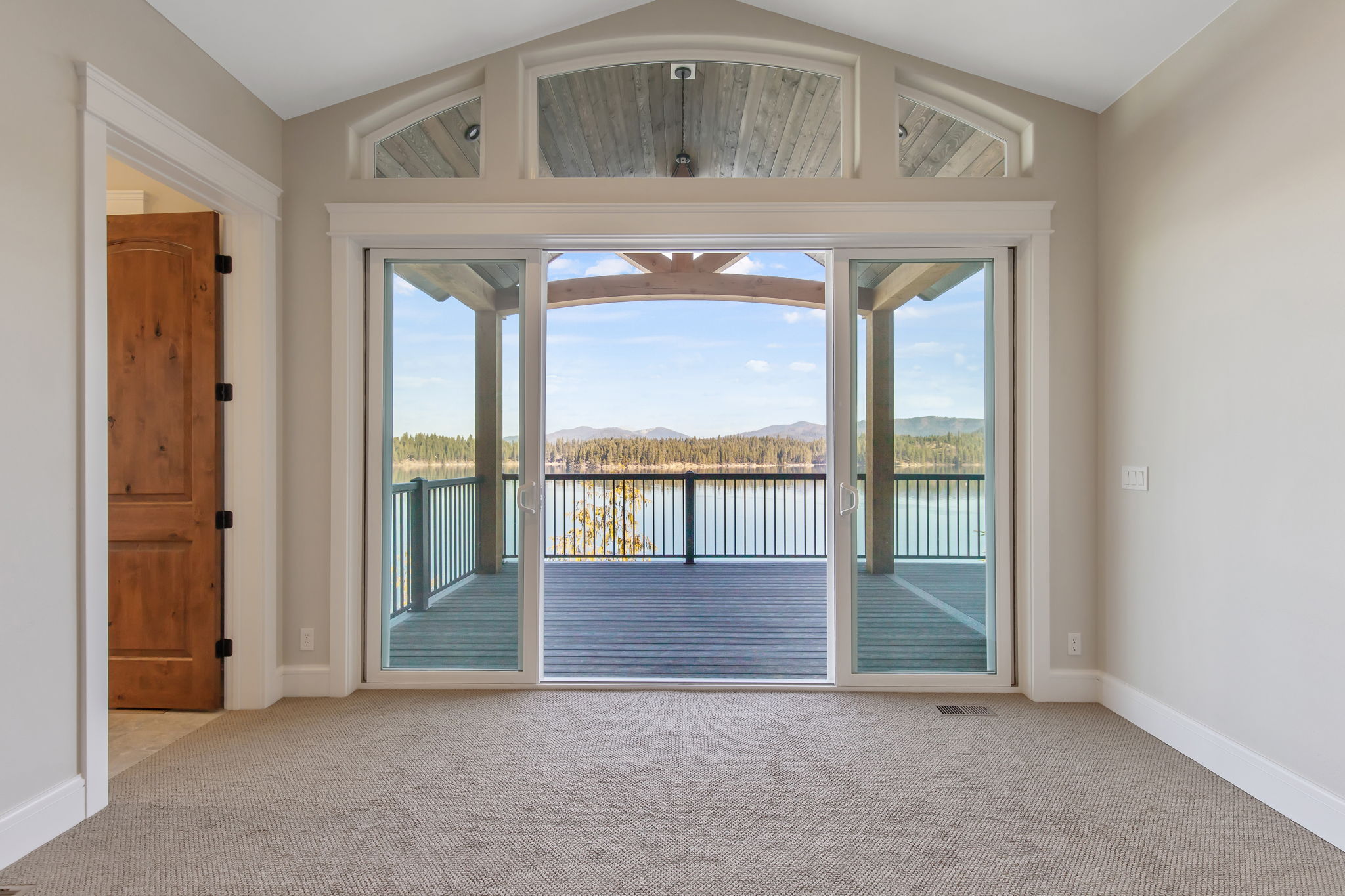Trims and moldings are definitely an important aspect of a whole house interior paint job, but they might not always be the first thing to tackle. Typically, the general approach would be:
- Preparation: Start with preparing the surfaces by cleaning, sanding, and patching any holes or imperfections on walls, trims, and moldings. Good preparation ensures a smooth and clean surface for painting.
- Priming: Apply primer to any bare surfaces or areas that need extra coverage. This step is crucial for both walls and trims to ensure good paint adhesion and to help achieve an even finish.
- Painting:
- Ceilings: Usually, it’s best to start with ceilings, as this helps avoid splatters on walls and trims.
- Walls: After the ceiling, move on to painting the walls. This prevents drips and splatters from getting on newly painted trims and moldings.
- Trims and Moldings: Paint trims and moldings last. This way, you can avoid accidentally getting paint on your freshly painted walls and ceilings.
If you paint the walls first, you can protect the freshly painted walls from getting splatters or smudges from painting the trims and moldings. It’s easier to mask off and protect trims and moldings while you work on the walls.
Painting trims and moldings last allows you to be more precise with your work. You can tape off areas to protect the walls and ceiling, ensuring clean, sharp lines and a professional finish.
After painting the walls, you may notice areas where the wall color might need touching up. If you paint the trims and moldings first, you might have to do additional touch-ups on the trims after painting the walls, which can be more cumbersome.
By painting trims and moldings last, you ensure that they are the final layer of paint. This can help avoid issues like overlapping paint from walls onto the trim, leading to a more uniform and consistent finish.
Taking this approach helps achieve a clean, professional finish and minimizes the need for touch-ups.

